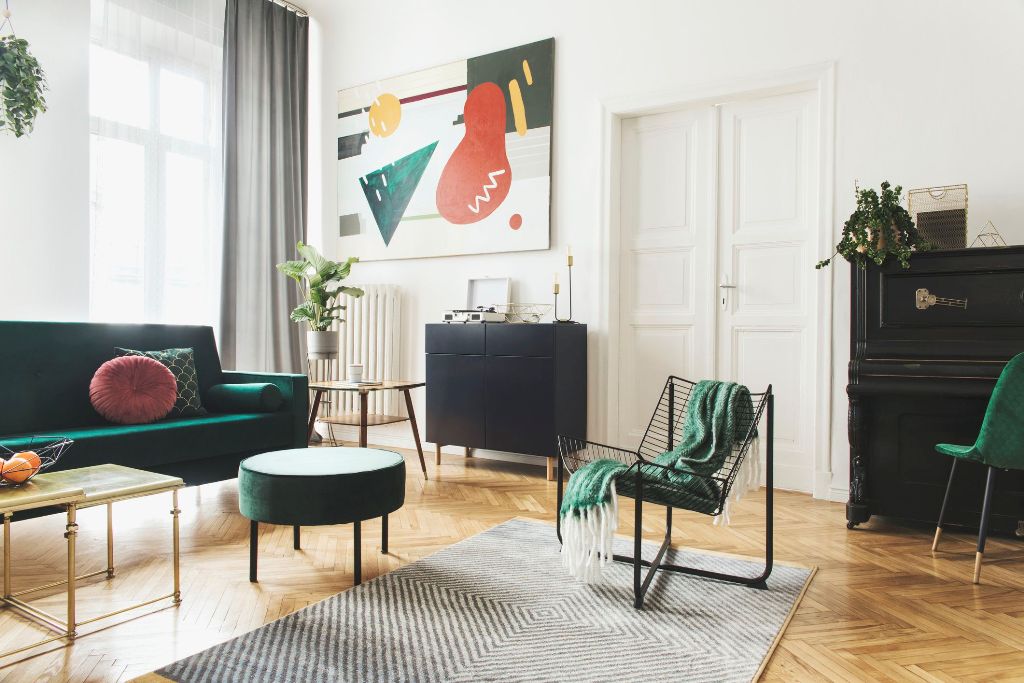The dining room is often considered the heart of the home. It is where families gather to share meals and create memories. It is a space that brings people together, and as such, it should be both functional and inviting. In this article, we will explore the top 10 main parts of the dining room vocabulary, from the essential furniture pieces to the decorative accents that make it a warm and welcoming space. Dining Room: The Heart of the Home
A dining room is made up of several key components that work together to create a functional and cohesive space. These parts include the dining table, chairs, buffet, sideboard, china cabinet, chandelier, and rug. Each piece serves a specific purpose and adds its unique touch to the overall design of the room. Let's take a closer look at each of these parts and their role in the dining room. Parts of a Dining Room: A Comprehensive Guide
Understanding the vocabulary associated with the dining room is crucial in creating a space that is both stylish and functional. By familiarizing yourself with these terms, you can communicate your design ideas and preferences more effectively. Here are the top 10 main parts of the dining room vocabulary you need to know. Dining Room Vocabulary: Expand Your Design Knowledge
The dining table is the centerpiece of the dining room. It is where meals are shared, conversations are had, and memories are made. When choosing a dining table, consider the size of your space and the number of people you will be hosting. Rectangular tables are the most common and can seat more people, while round tables are ideal for smaller spaces and encourage conversation. Be sure to measure your space before purchasing a dining table to ensure it fits comfortably and allows for proper traffic flow. Dining Table: The Centerpiece of the Room
The chairs are an essential part of the dining room. They should not only be comfortable but also complement the dining table and the overall design of the room. When selecting dining chairs, consider the material, color, and style. Upholstered chairs add a touch of elegance, while wooden chairs offer a more traditional or rustic look. Whichever style you choose, make sure the chairs provide enough support for long meals and gatherings. Chairs: Comfort and Style Combined
A buffet is a piece of furniture that provides both storage and surface space in the dining room. It typically has drawers and cabinets, making it an ideal place to store extra dishes, linens, and other dining essentials. A buffet can also serve as a serving station during meals or as a decorative space for displaying dishes and décor. When choosing a buffet, consider the size and style that best suits your dining room. Buffet: Functional and Stylish Storage
A sideboard is similar to a buffet but is typically smaller and more decorative. It is often used to display decorative items or serve as a bar during gatherings. A sideboard can also provide additional storage space for dining essentials. When choosing a sideboard, look for one that complements the style of your dining room and provides the right amount of storage and surface space. Sideboard: The Perfect Addition to Any Dining Room
A china cabinet is a tall, glass-fronted cabinet used to display fine china, glassware, and other collectibles. It adds a touch of elegance and sophistication to any dining room and allows you to showcase your most prized possessions. When choosing a china cabinet, consider the size and style that best fits your space and complements the rest of your dining room furniture. China Cabinet: Display Your Finest Dishes
A chandelier is a decorative light fixture that hangs from the ceiling and provides both light and style to the dining room. It can serve as a focal point and add a touch of glamour to the space. When choosing a chandelier, consider the size and height of your dining room, as well as the style and material that best fits your décor. Chandelier: Illuminate Your Dining Space
A rug is an essential element in any dining room. It not only adds warmth and texture but also helps define the space. A rug should be large enough to fit under the dining table and chairs, with at least 24 inches of extra space on all sides. When choosing a rug, consider the material, color, and pattern that best complements your dining room furniture and décor. Rug: Tie the Room Together
The Importance of Knowing Dining Room Vocabulary

Understanding the Functionality of Your Dining Room
 The dining room is an essential part of any house. It is where we gather to have meals, entertain guests, and spend quality time with our loved ones. It serves as a central hub for socializing and creating memorable experiences. To fully utilize your dining room, it is crucial to understand its functionality. This includes knowing the different parts of the dining room and their purposes. This knowledge will not only make your dining room more functional but also add to its aesthetic appeal.
The dining room is an essential part of any house. It is where we gather to have meals, entertain guests, and spend quality time with our loved ones. It serves as a central hub for socializing and creating memorable experiences. To fully utilize your dining room, it is crucial to understand its functionality. This includes knowing the different parts of the dining room and their purposes. This knowledge will not only make your dining room more functional but also add to its aesthetic appeal.
Enhancing Communication and Efficiency
 Having a good understanding of dining room vocabulary is not only important for your personal use but also for communicating with others. Whether you are discussing ideas with your interior designer or explaining to your family members how you want to set the table for a special occasion, knowing the correct terms will help you communicate your ideas more effectively. It also allows for better efficiency when organizing and setting up your dining room, as you can easily identify and locate the different parts.
Having a good understanding of dining room vocabulary is not only important for your personal use but also for communicating with others. Whether you are discussing ideas with your interior designer or explaining to your family members how you want to set the table for a special occasion, knowing the correct terms will help you communicate your ideas more effectively. It also allows for better efficiency when organizing and setting up your dining room, as you can easily identify and locate the different parts.
Creating a Cohesive Design
 The dining room is not just a functional space; it is also a reflection of your personal style and taste. Knowing the vocabulary associated with different parts of the dining room can help you create a cohesive design that ties all the elements together. For instance, knowing the difference between a buffet and a sideboard will help you choose the right piece of furniture for your dining room, ensuring that it not only serves its purpose but also complements the overall design.
The dining room is not just a functional space; it is also a reflection of your personal style and taste. Knowing the vocabulary associated with different parts of the dining room can help you create a cohesive design that ties all the elements together. For instance, knowing the difference between a buffet and a sideboard will help you choose the right piece of furniture for your dining room, ensuring that it not only serves its purpose but also complements the overall design.
Maximizing Your Space
 Another advantage of knowing dining room vocabulary is that it can help you make the most of your space. By understanding the different pieces of furniture and their functions, you can choose the right size and placement to optimize your dining room's layout. For example, if you have a small dining room, knowing the difference between a drop-leaf and a gateleg table can help you choose the one that best fits your space and needs.
In conclusion, understanding the different parts of the dining room and their vocabulary is crucial for creating a functional, aesthetically pleasing space, communicating effectively, and maximizing your space. It is a small yet significant aspect of house design that should not be overlooked. So, take the time to familiarize yourself with dining room vocabulary and elevate your dining experience.
Another advantage of knowing dining room vocabulary is that it can help you make the most of your space. By understanding the different pieces of furniture and their functions, you can choose the right size and placement to optimize your dining room's layout. For example, if you have a small dining room, knowing the difference between a drop-leaf and a gateleg table can help you choose the one that best fits your space and needs.
In conclusion, understanding the different parts of the dining room and their vocabulary is crucial for creating a functional, aesthetically pleasing space, communicating effectively, and maximizing your space. It is a small yet significant aspect of house design that should not be overlooked. So, take the time to familiarize yourself with dining room vocabulary and elevate your dining experience.
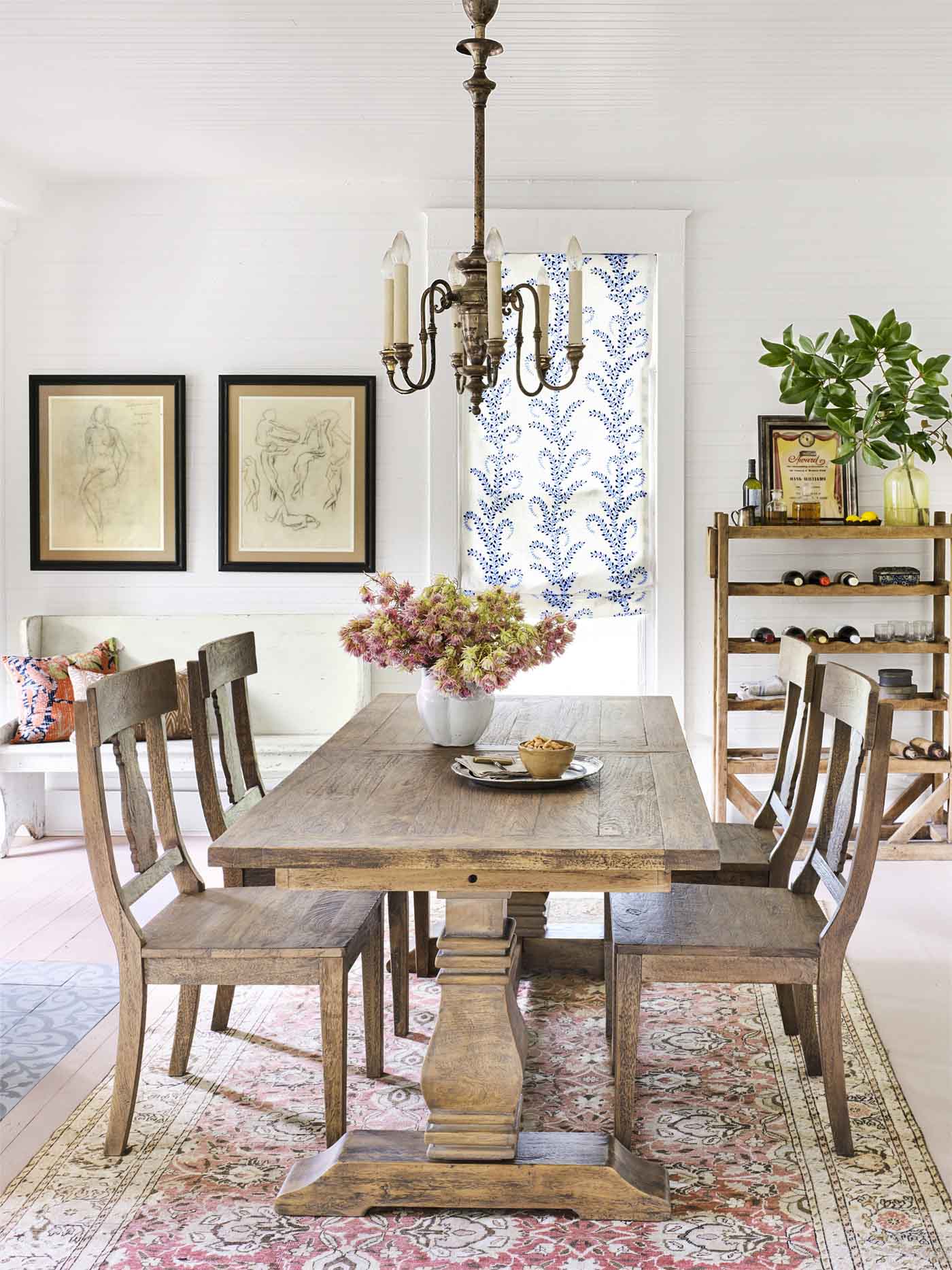
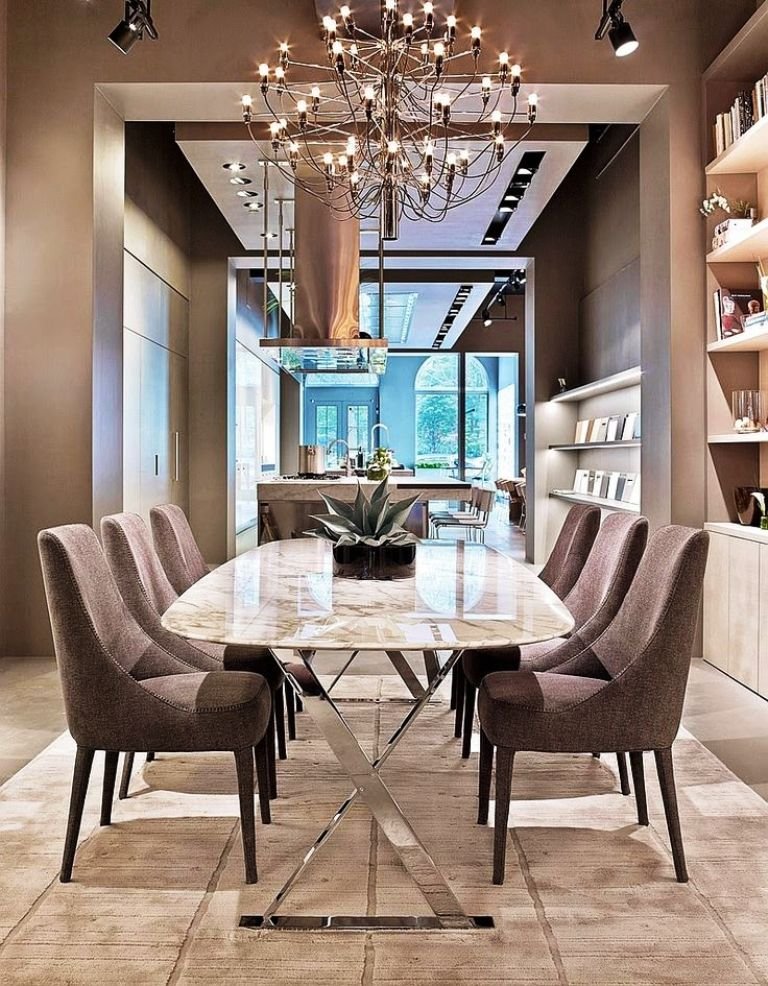
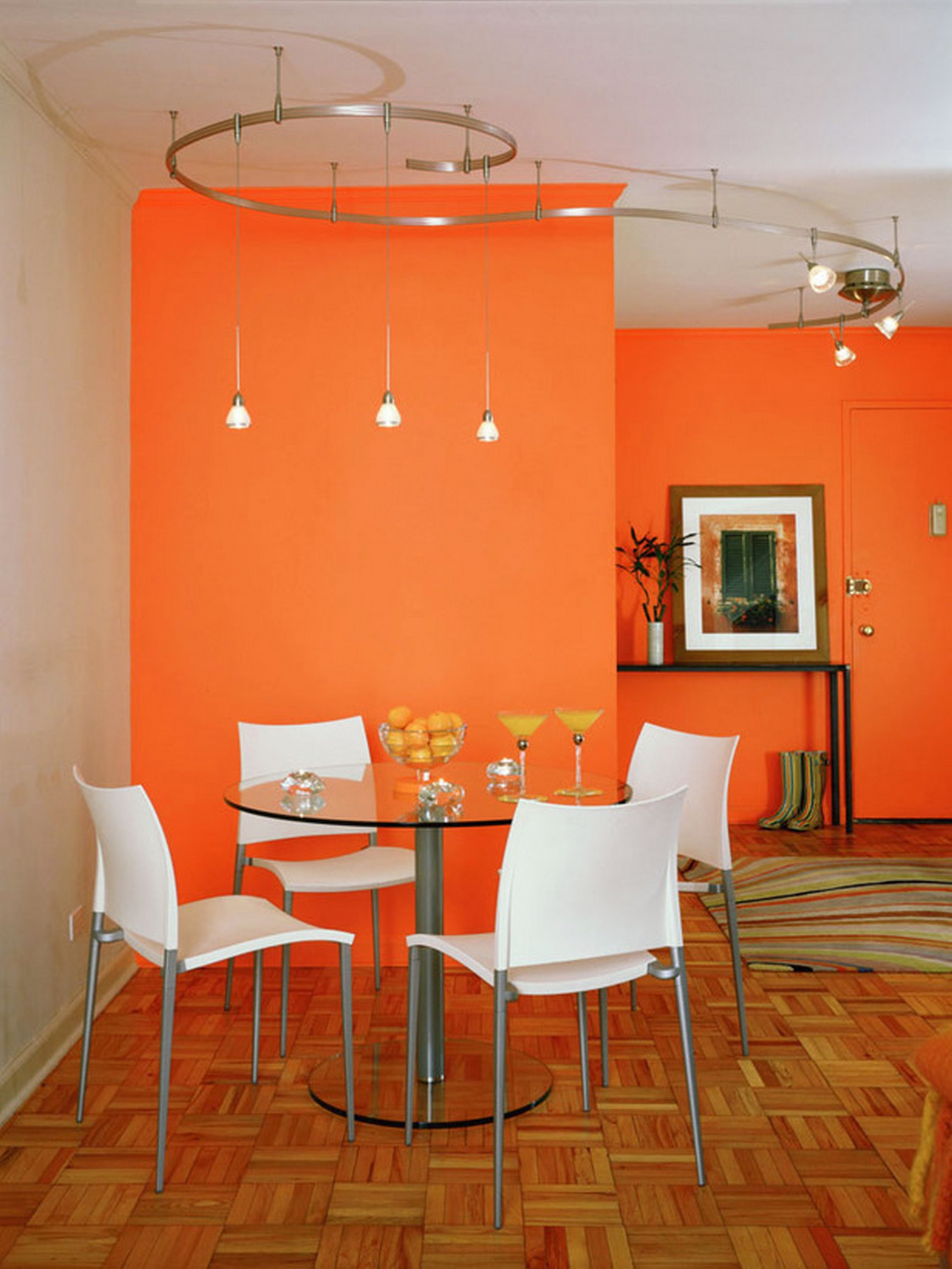

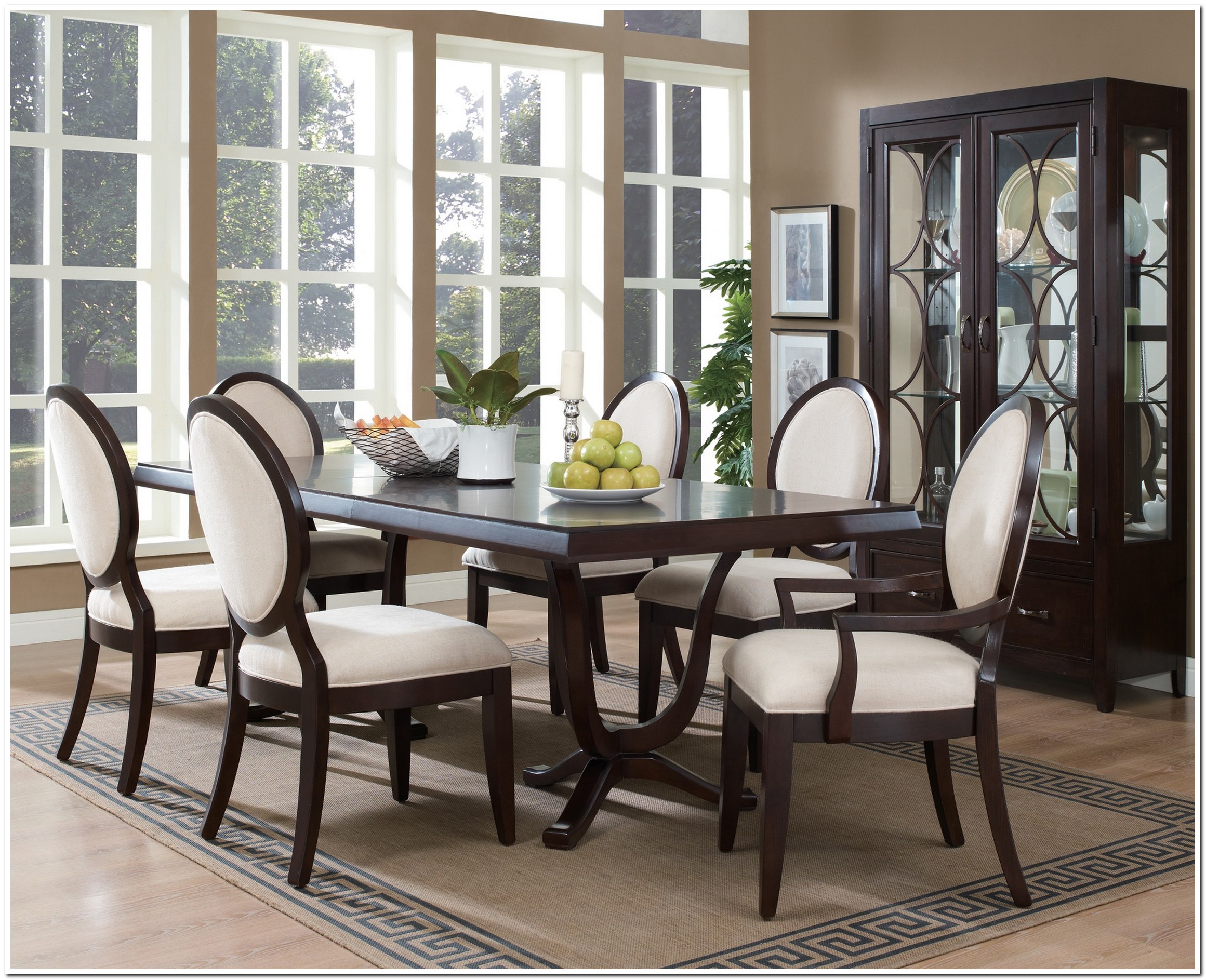
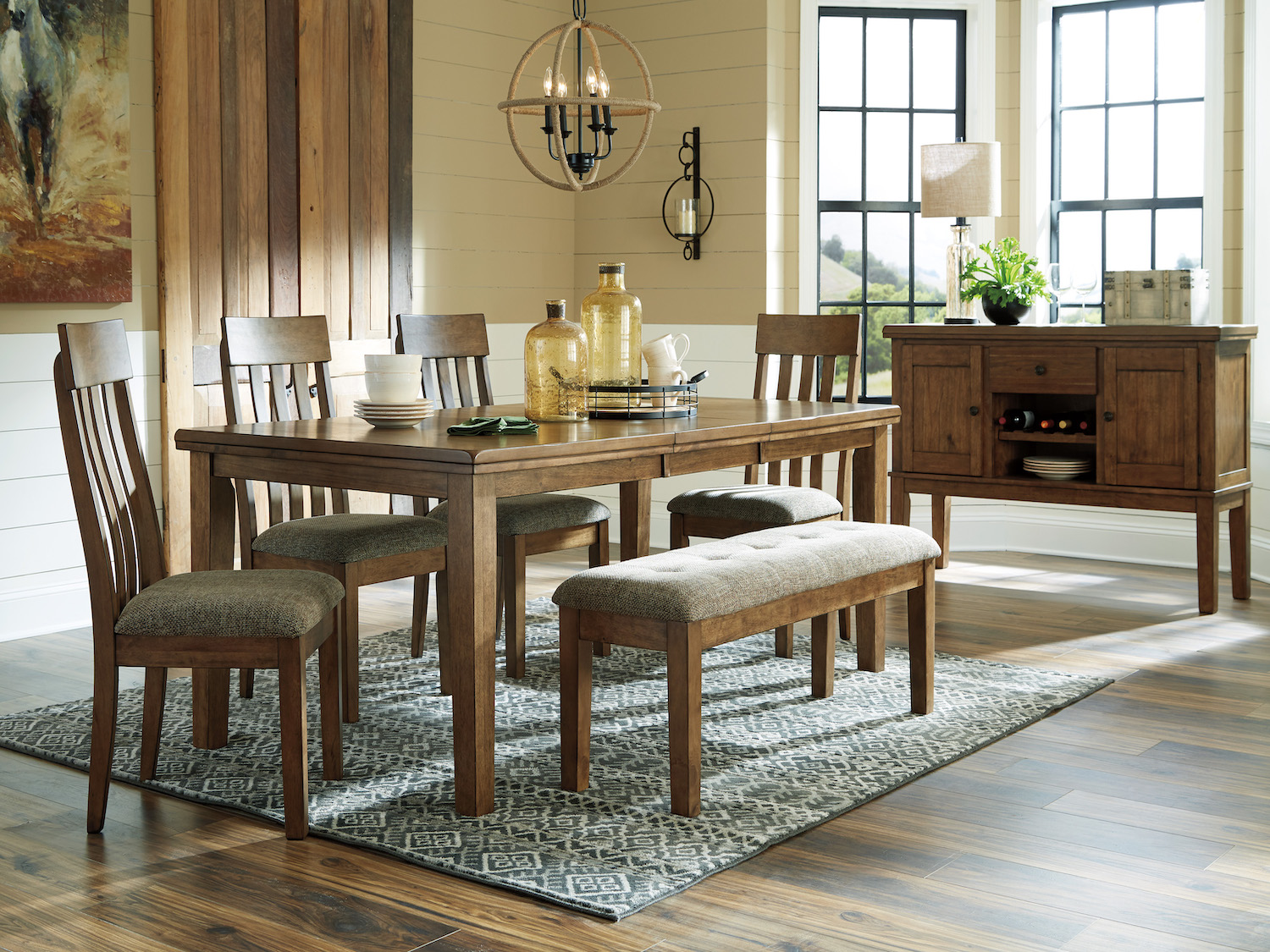
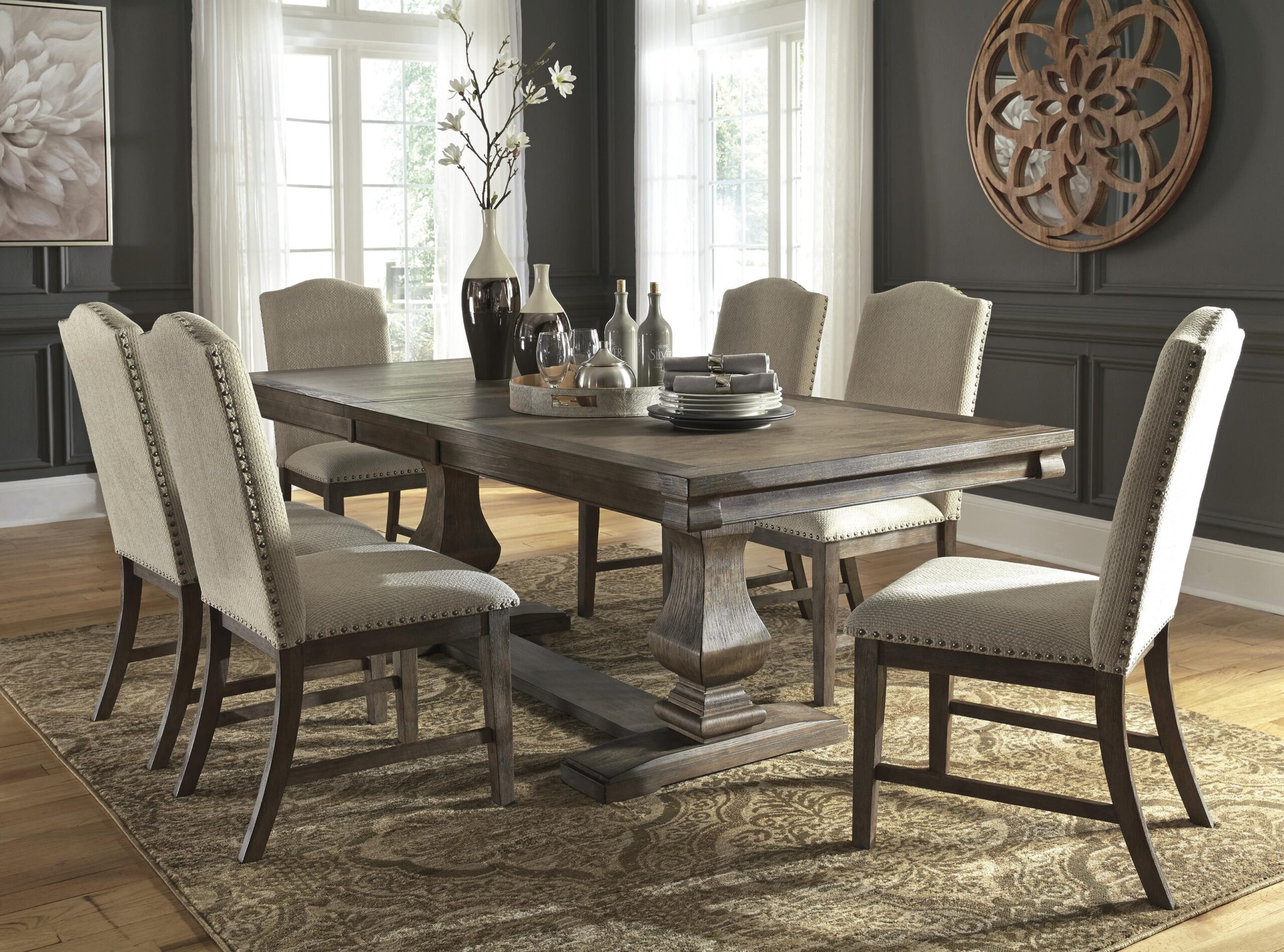
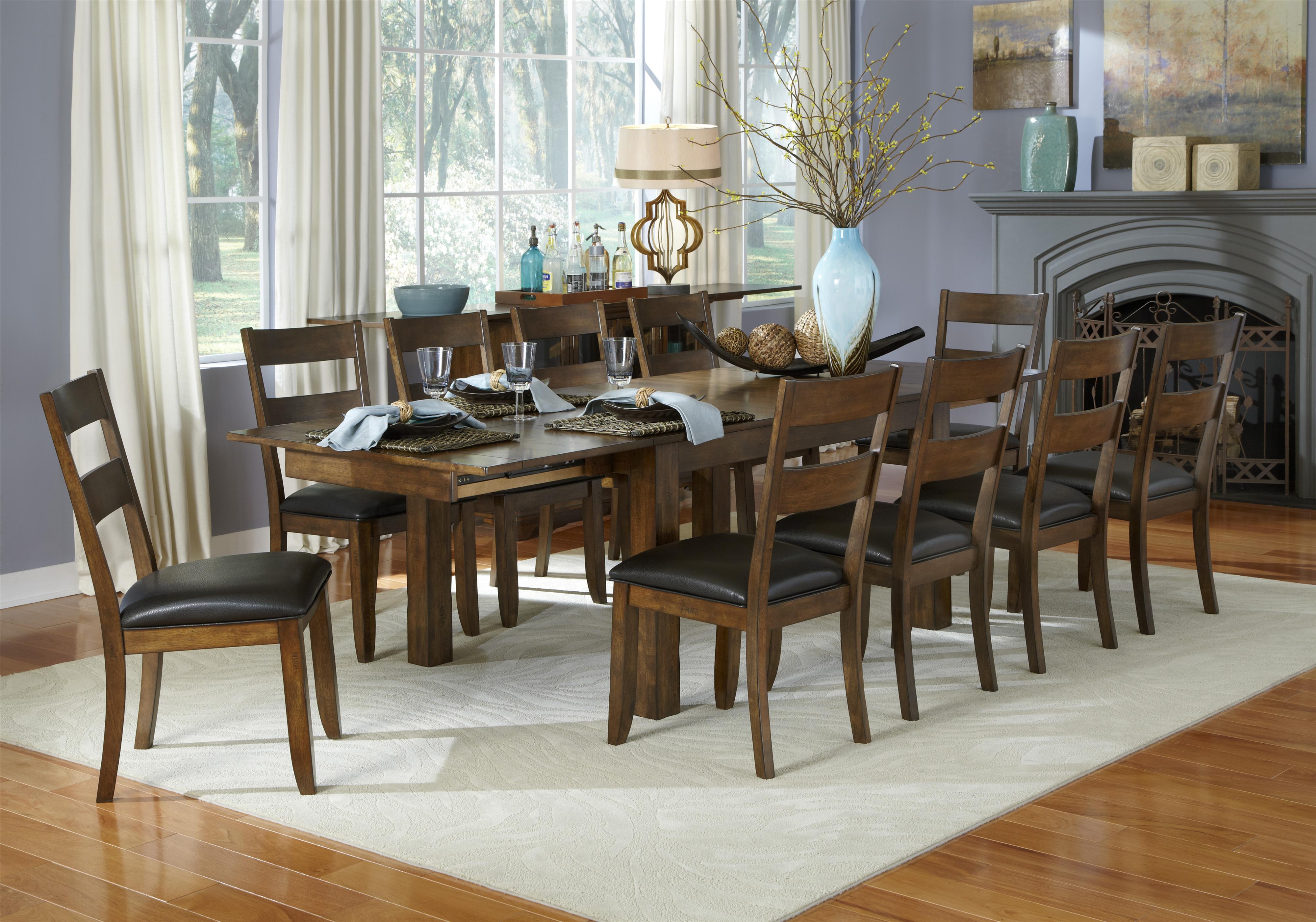

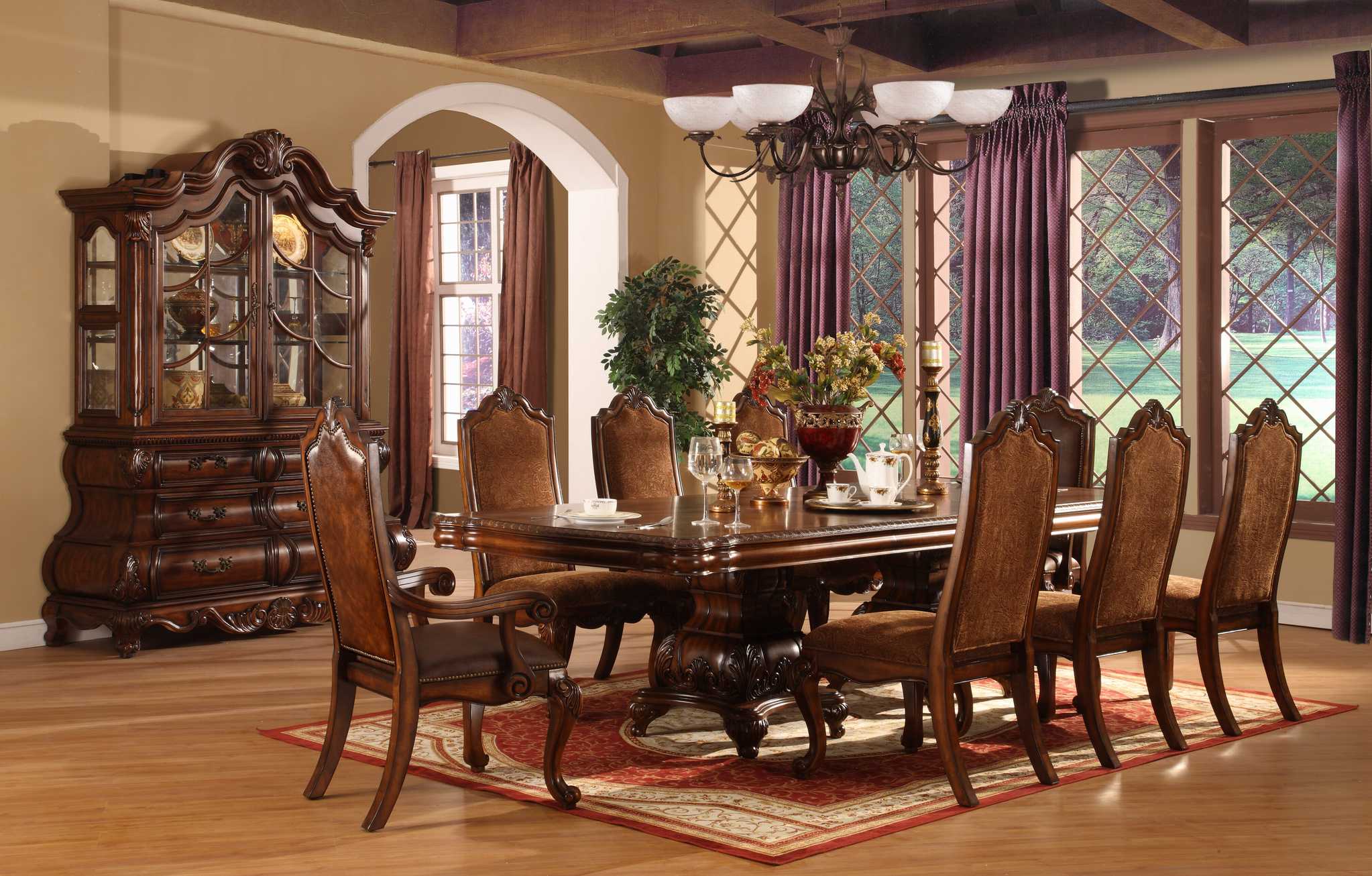




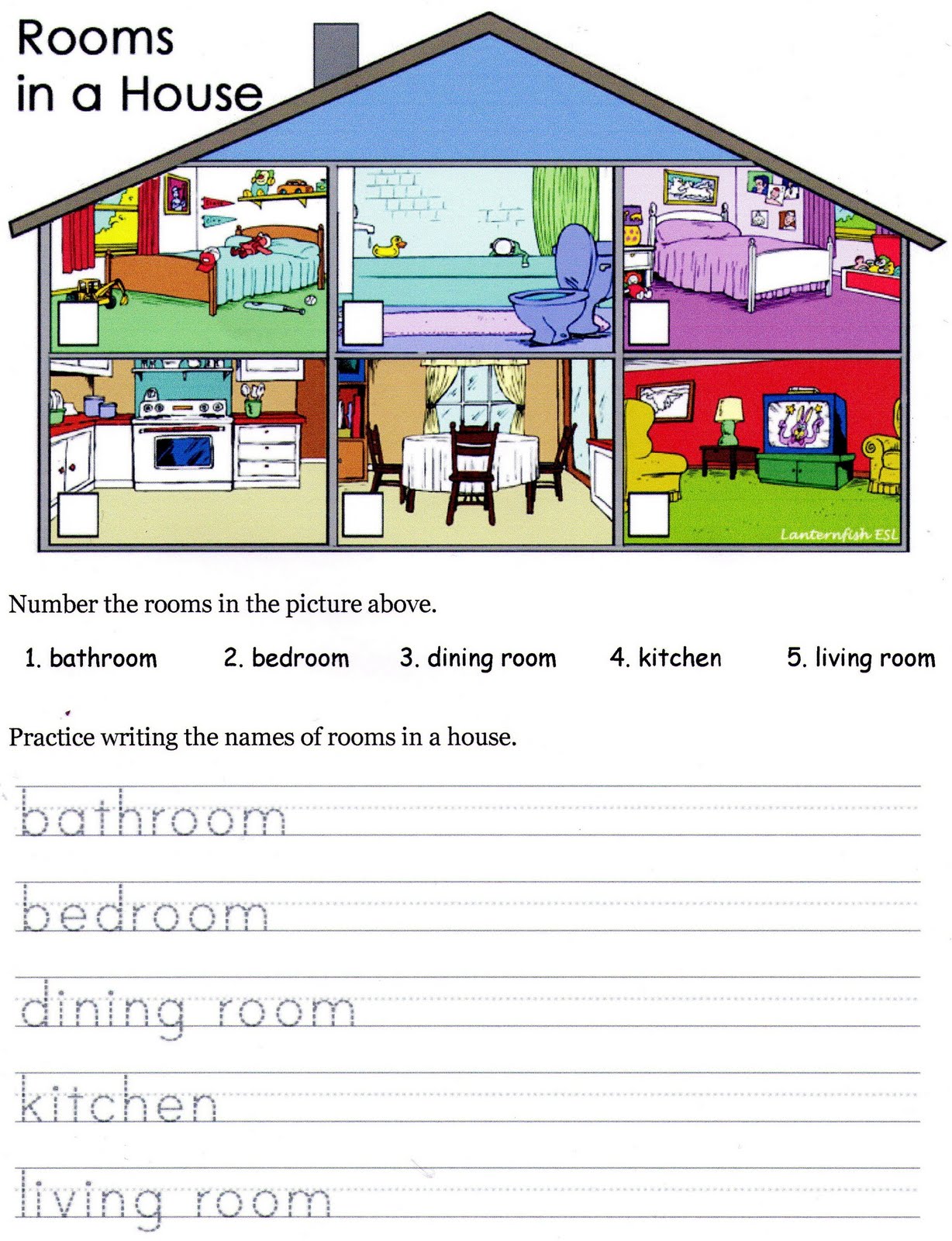




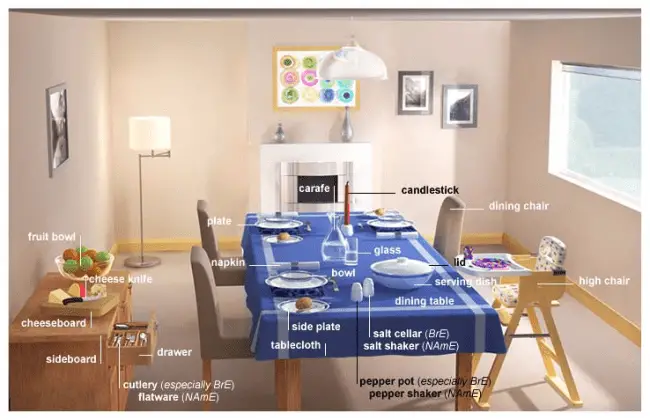



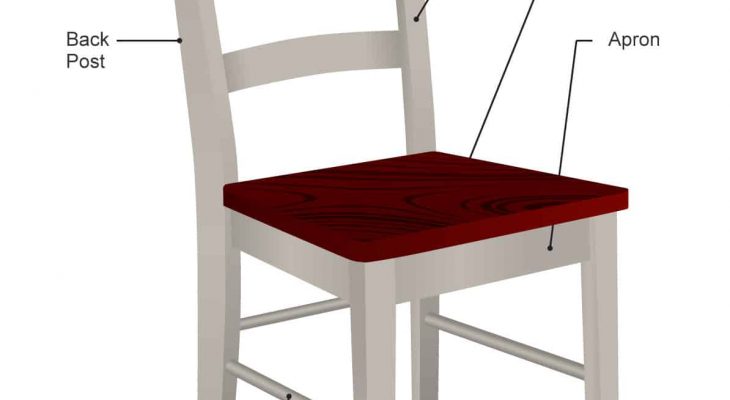



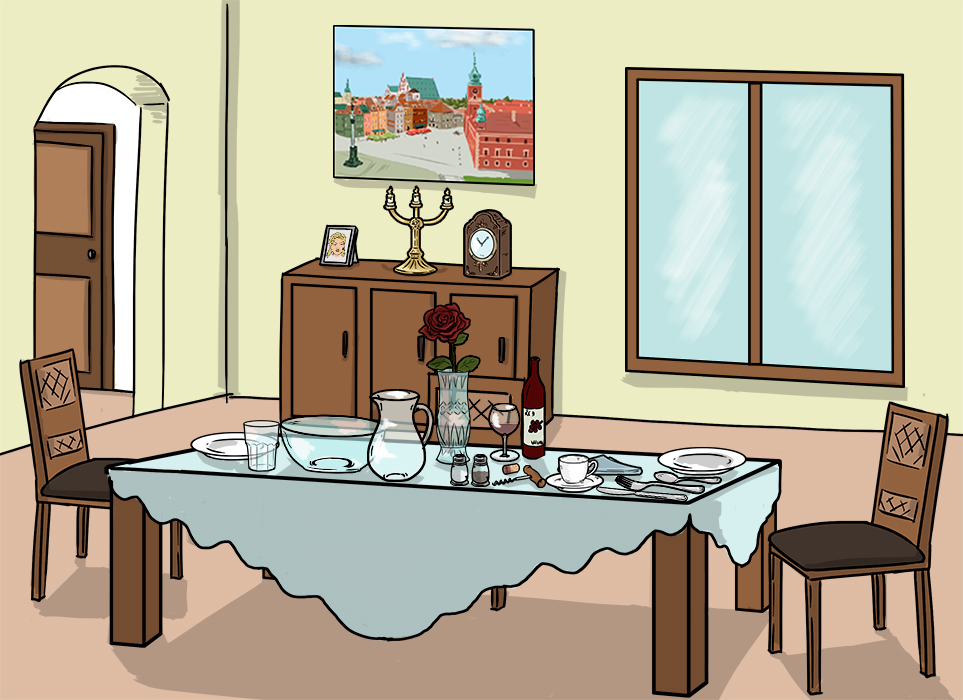
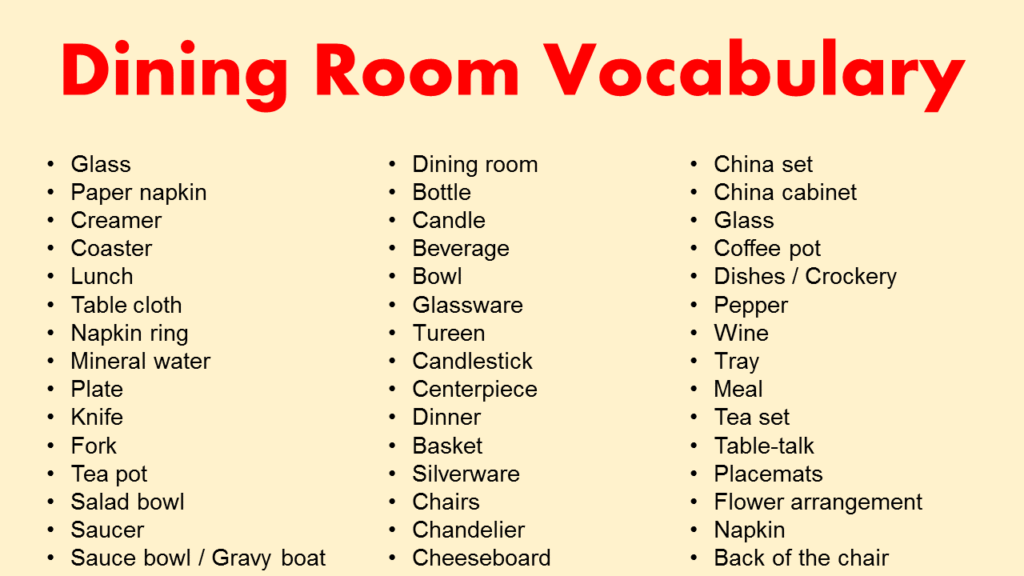




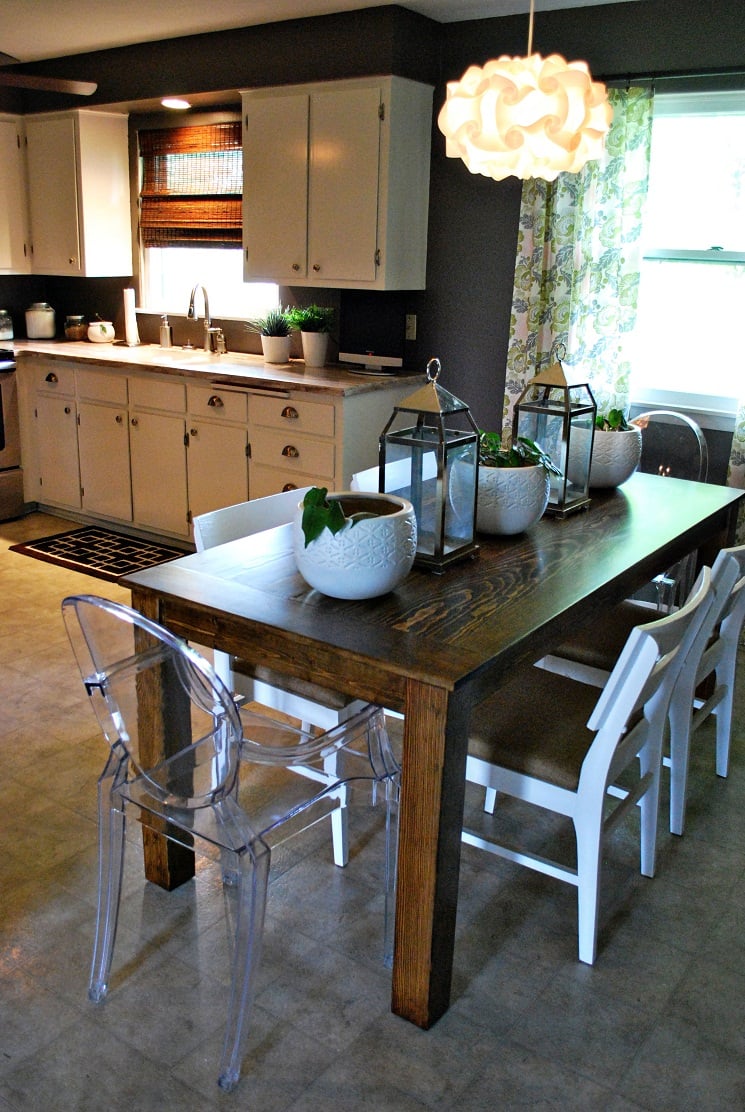
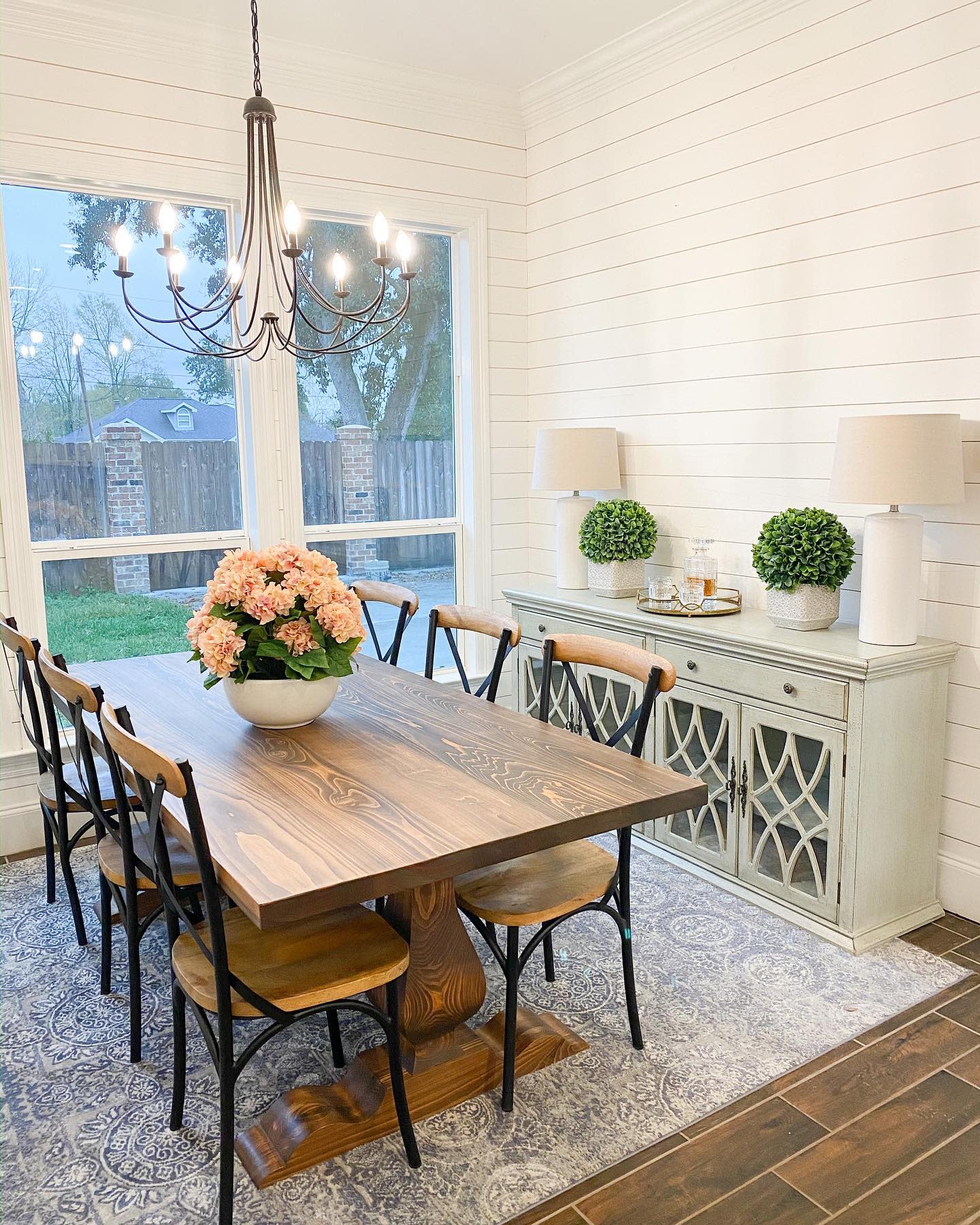

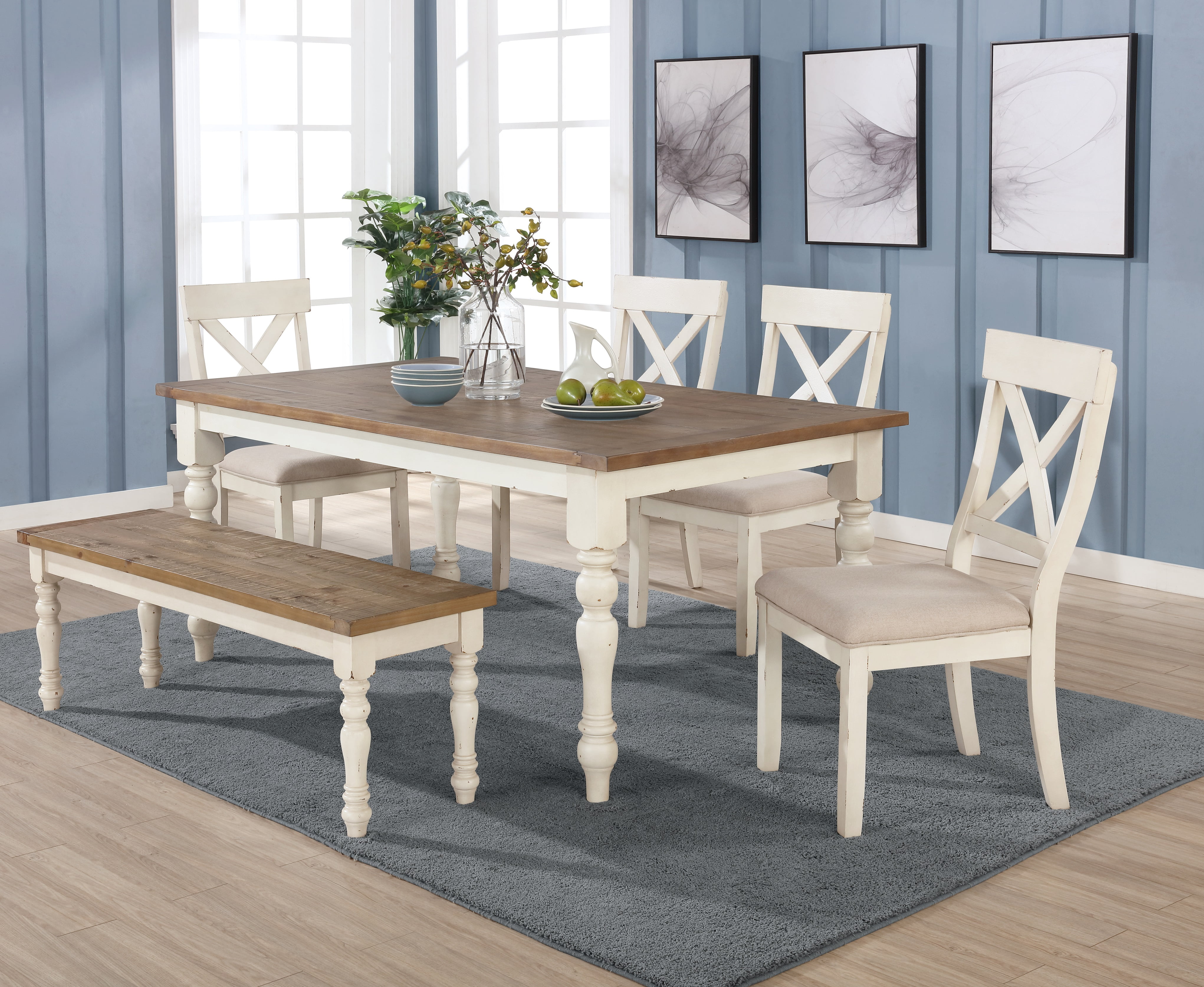
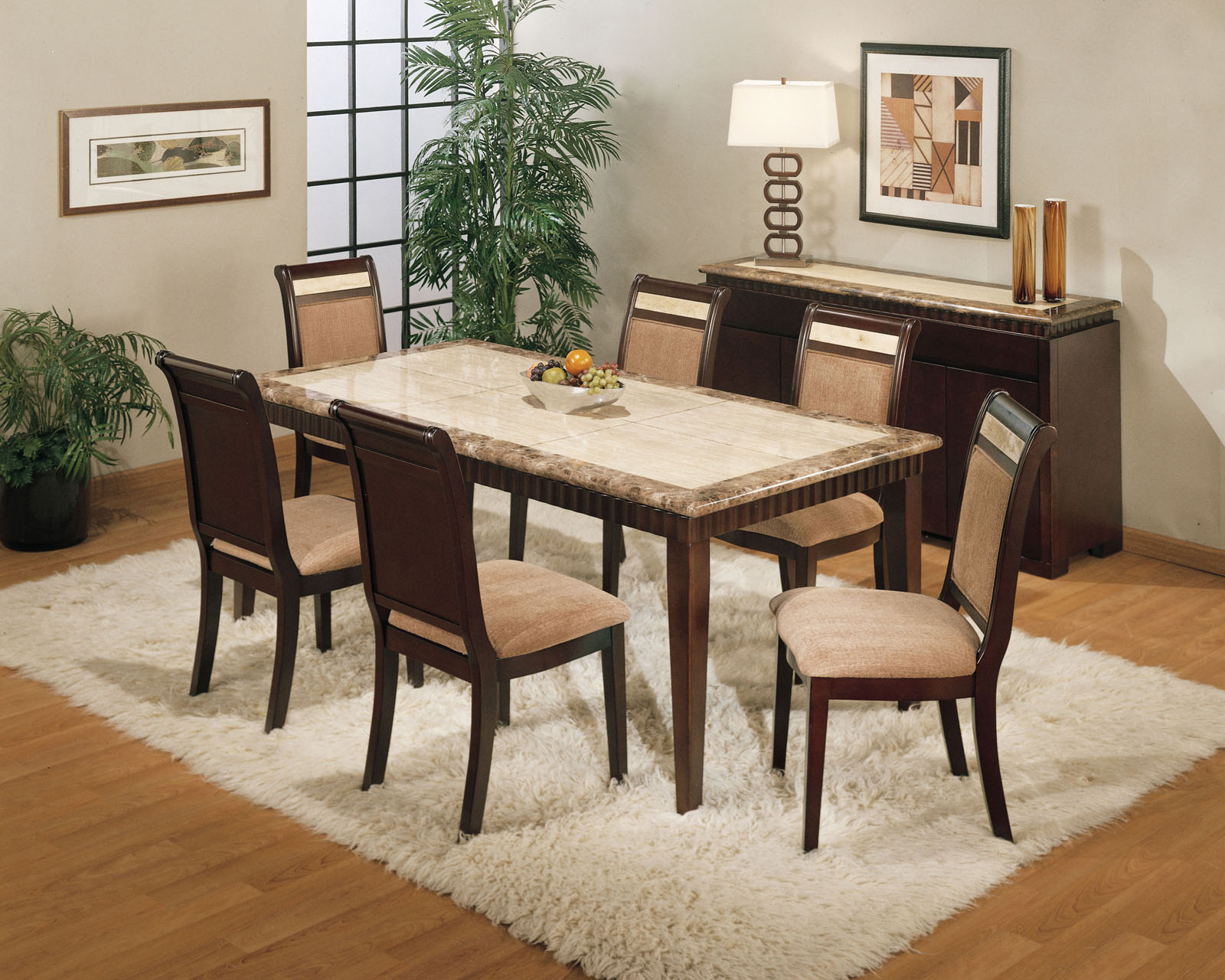

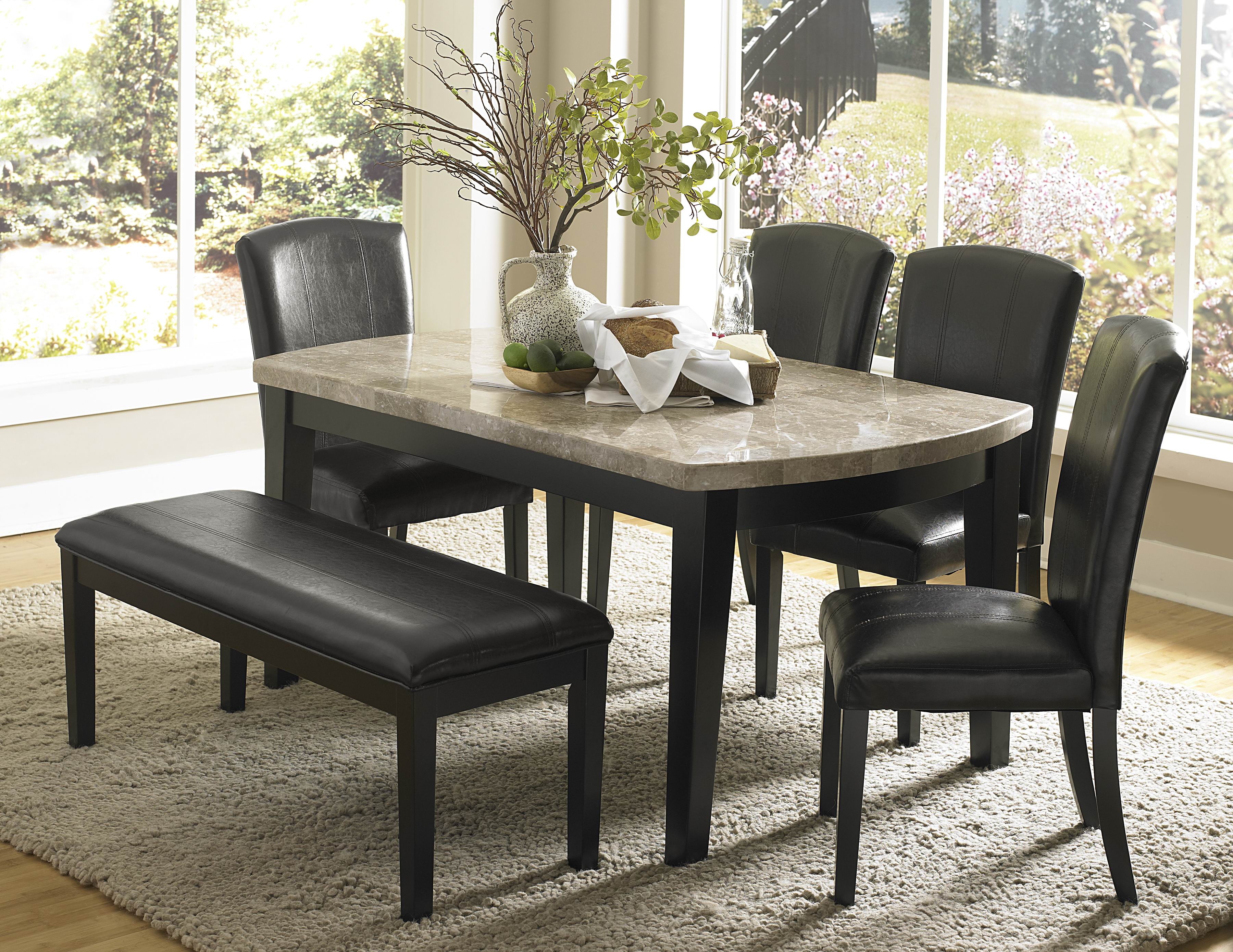




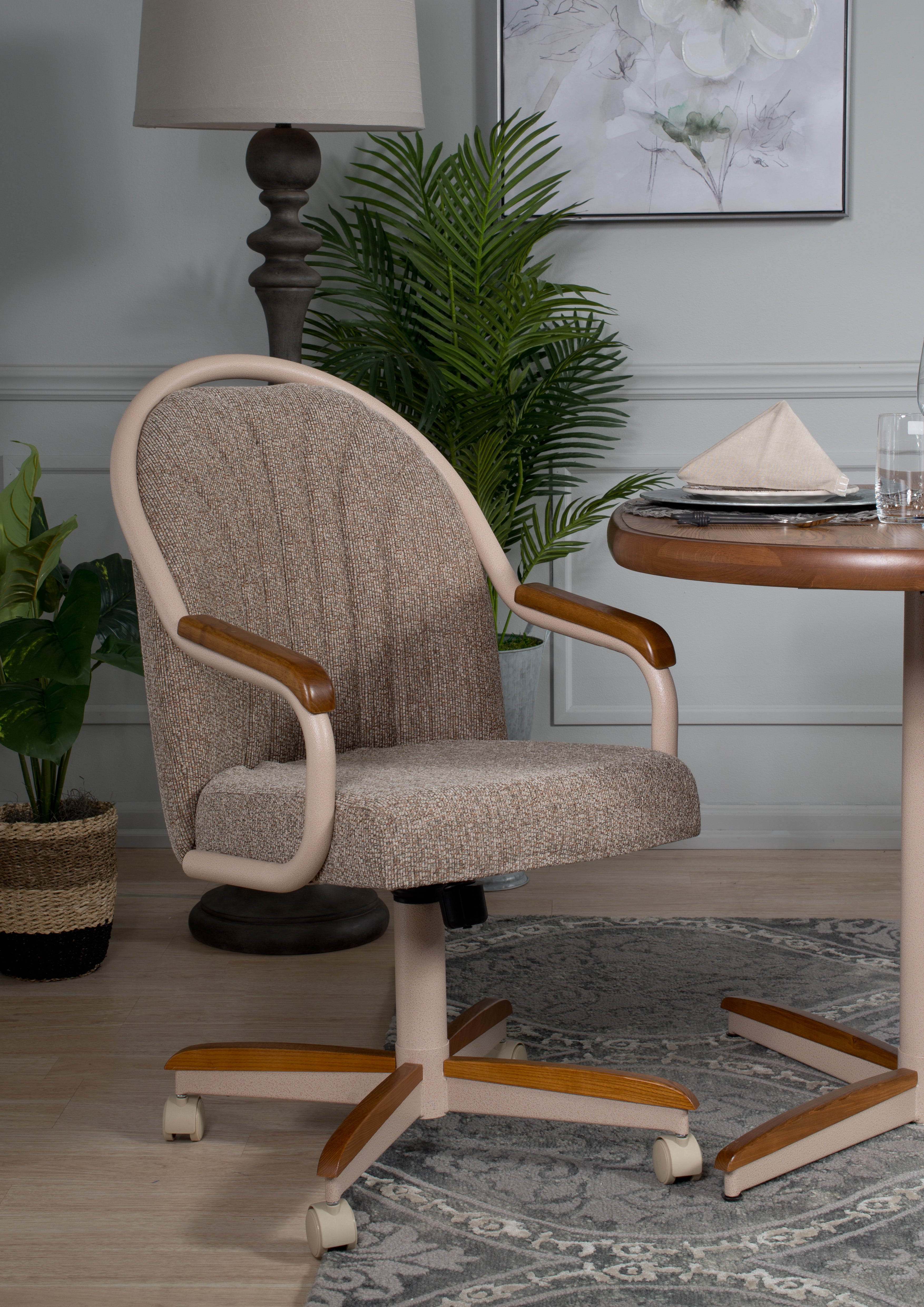







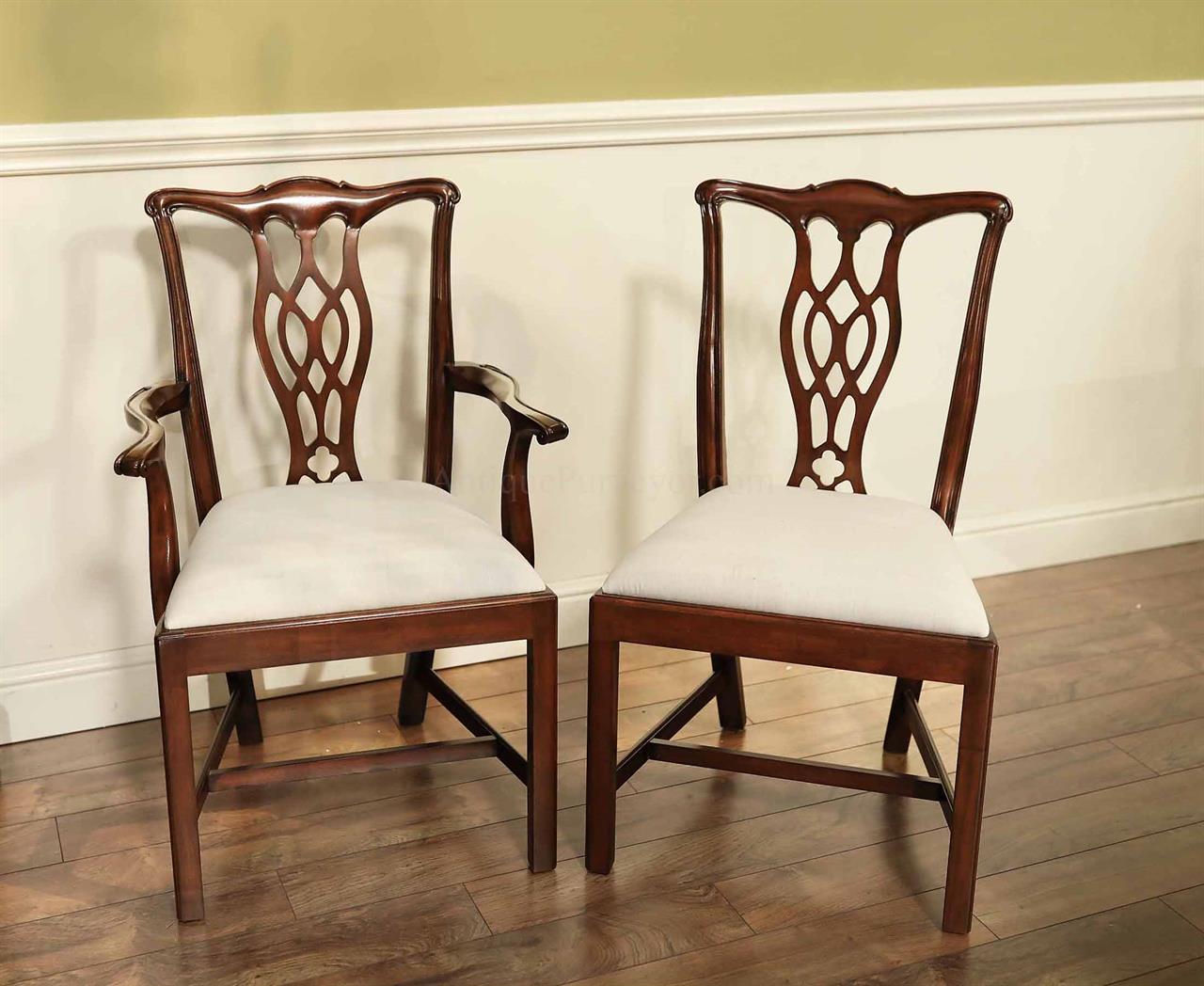


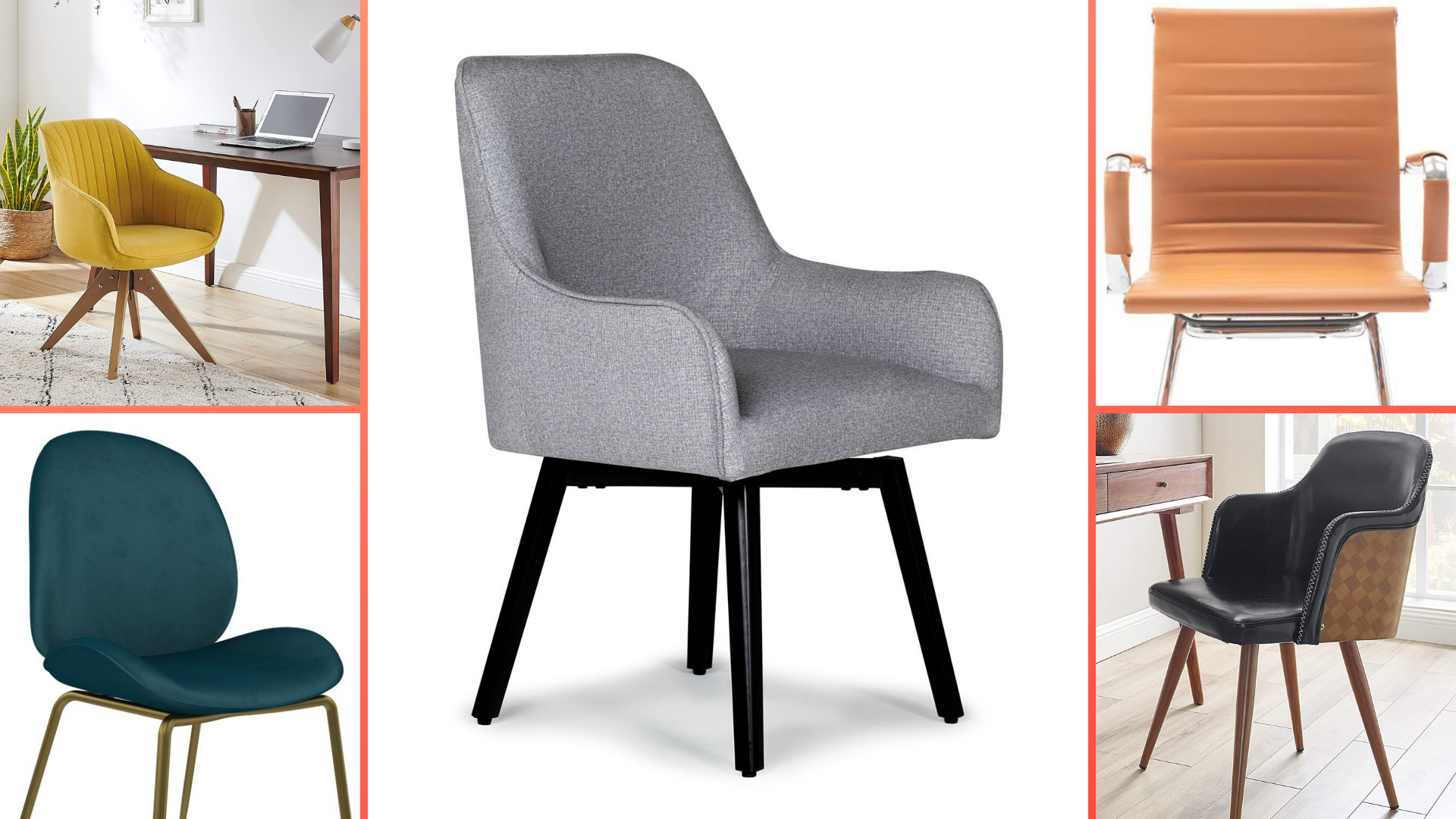



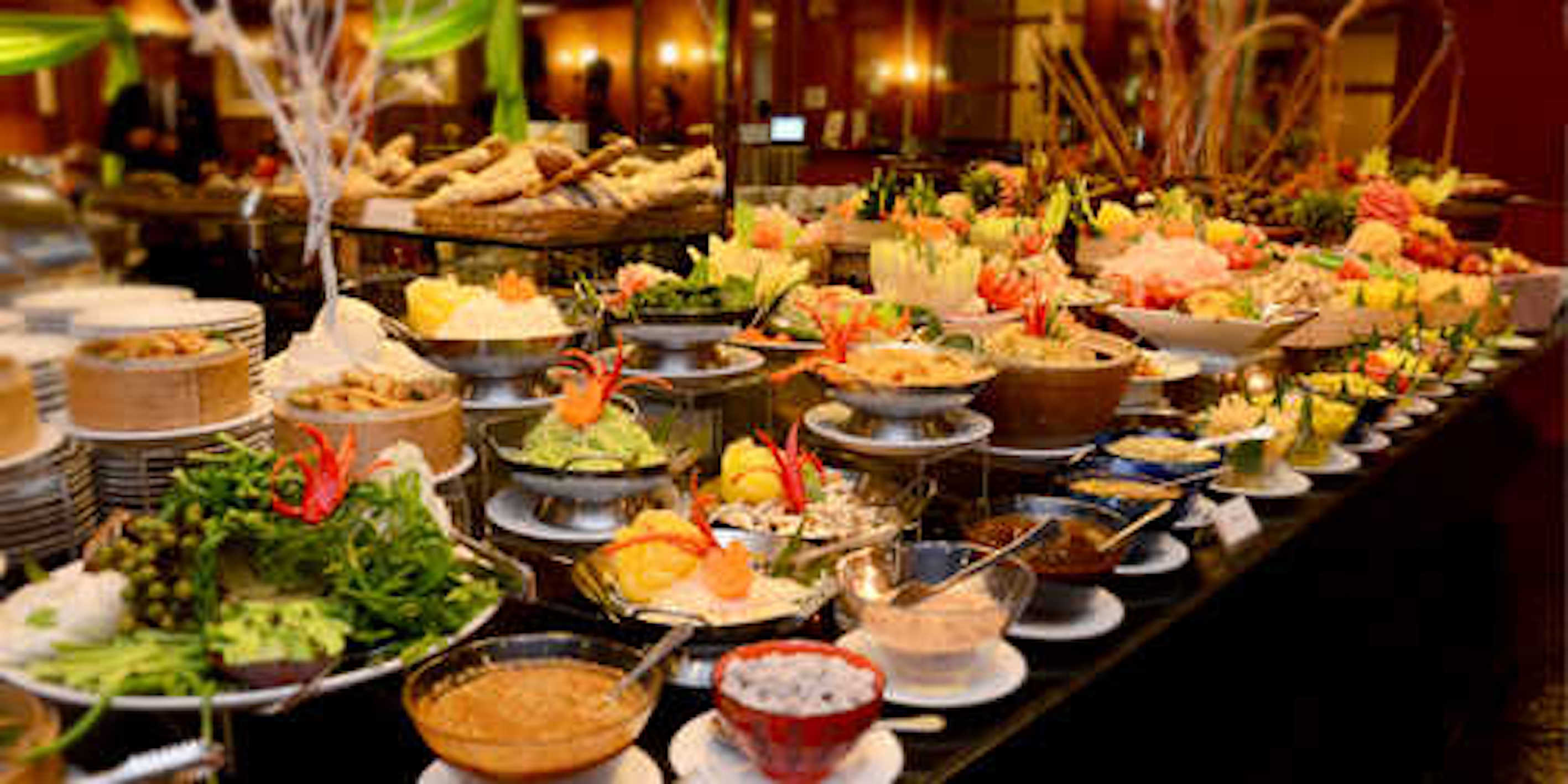








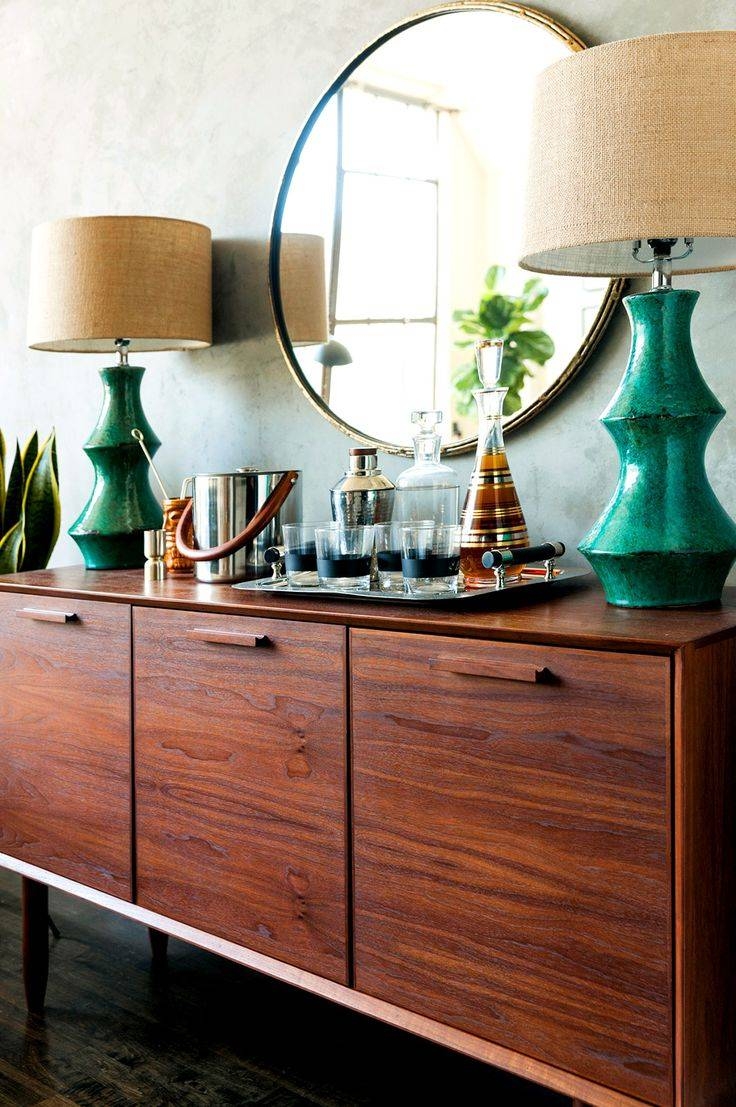
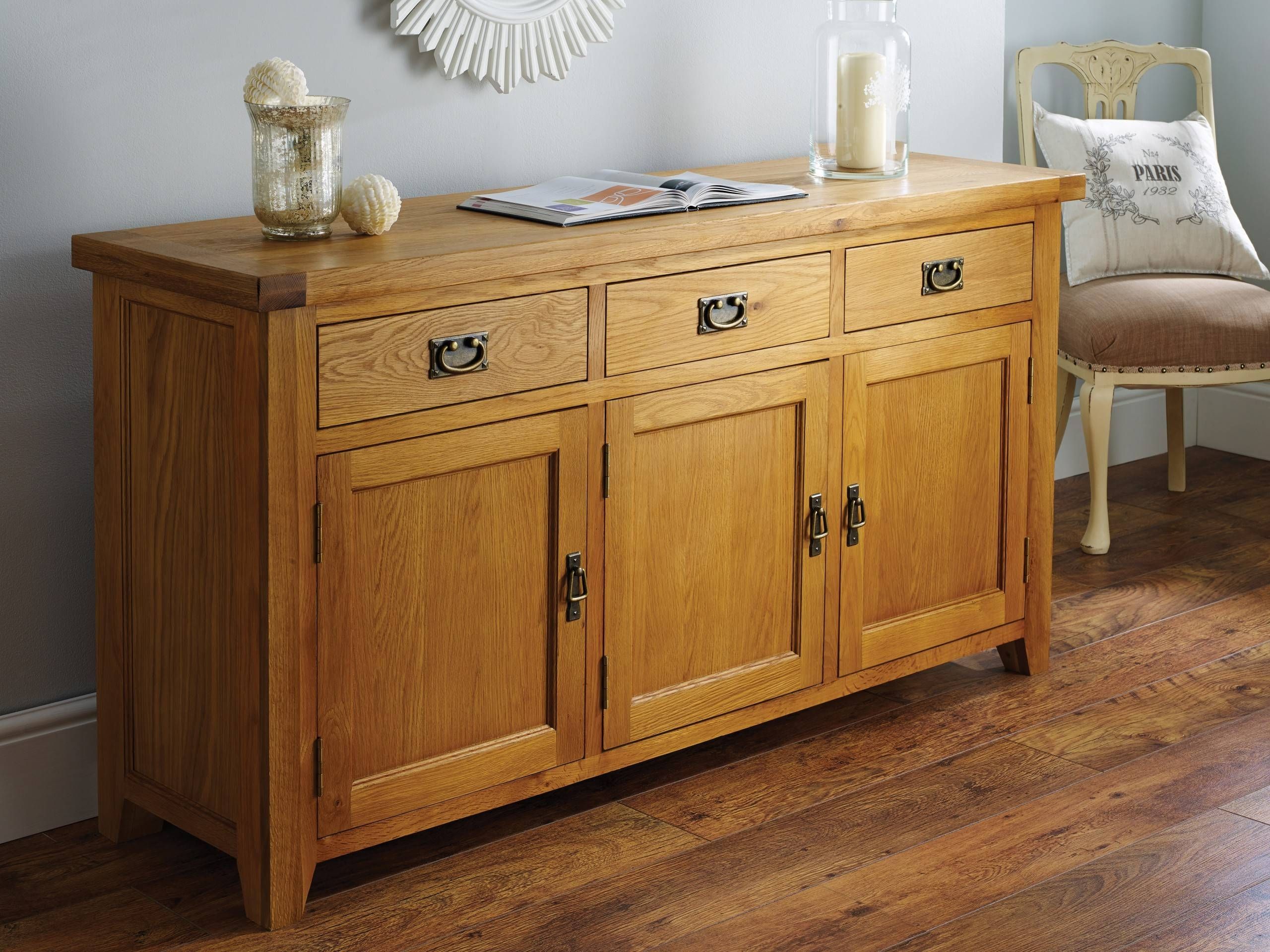
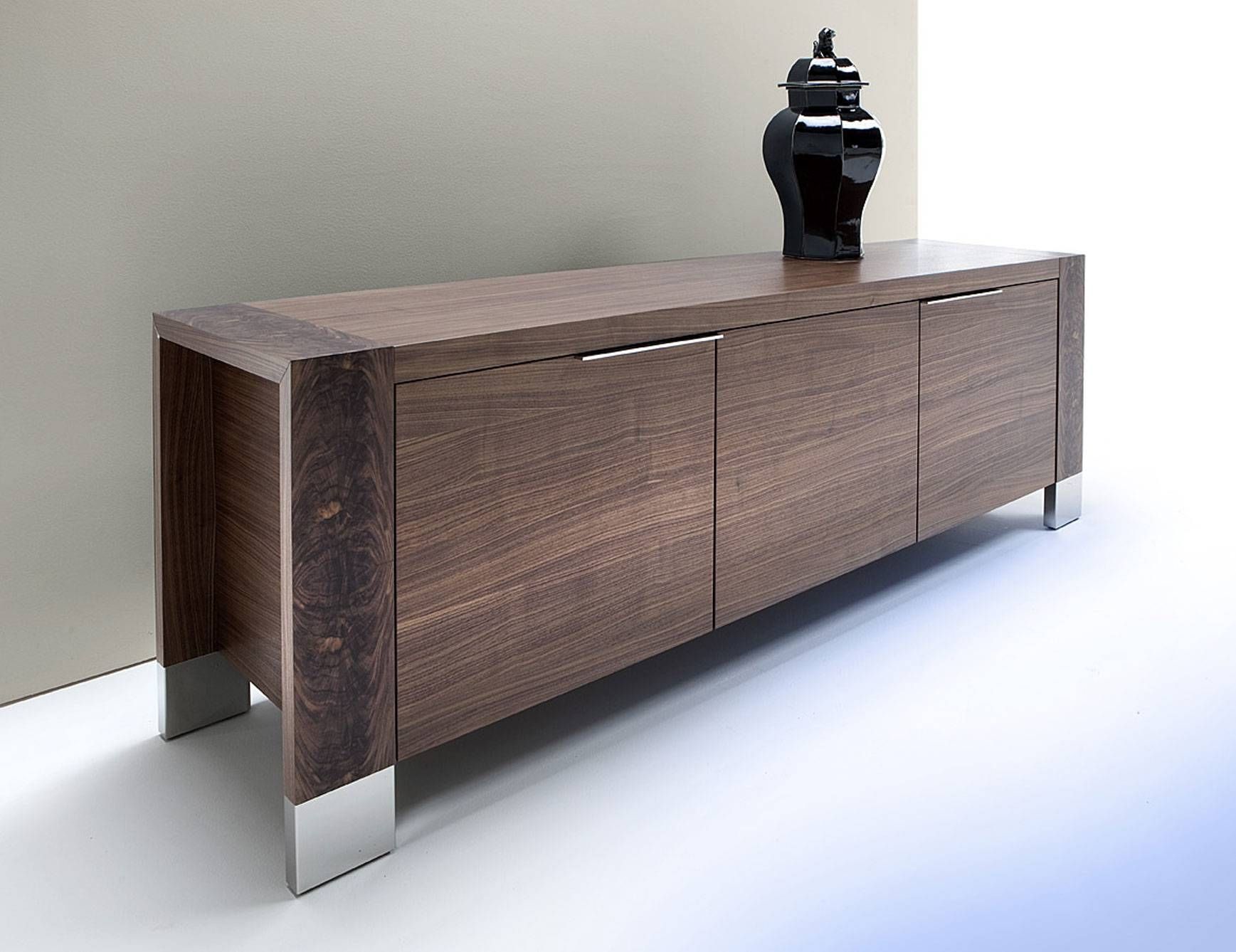




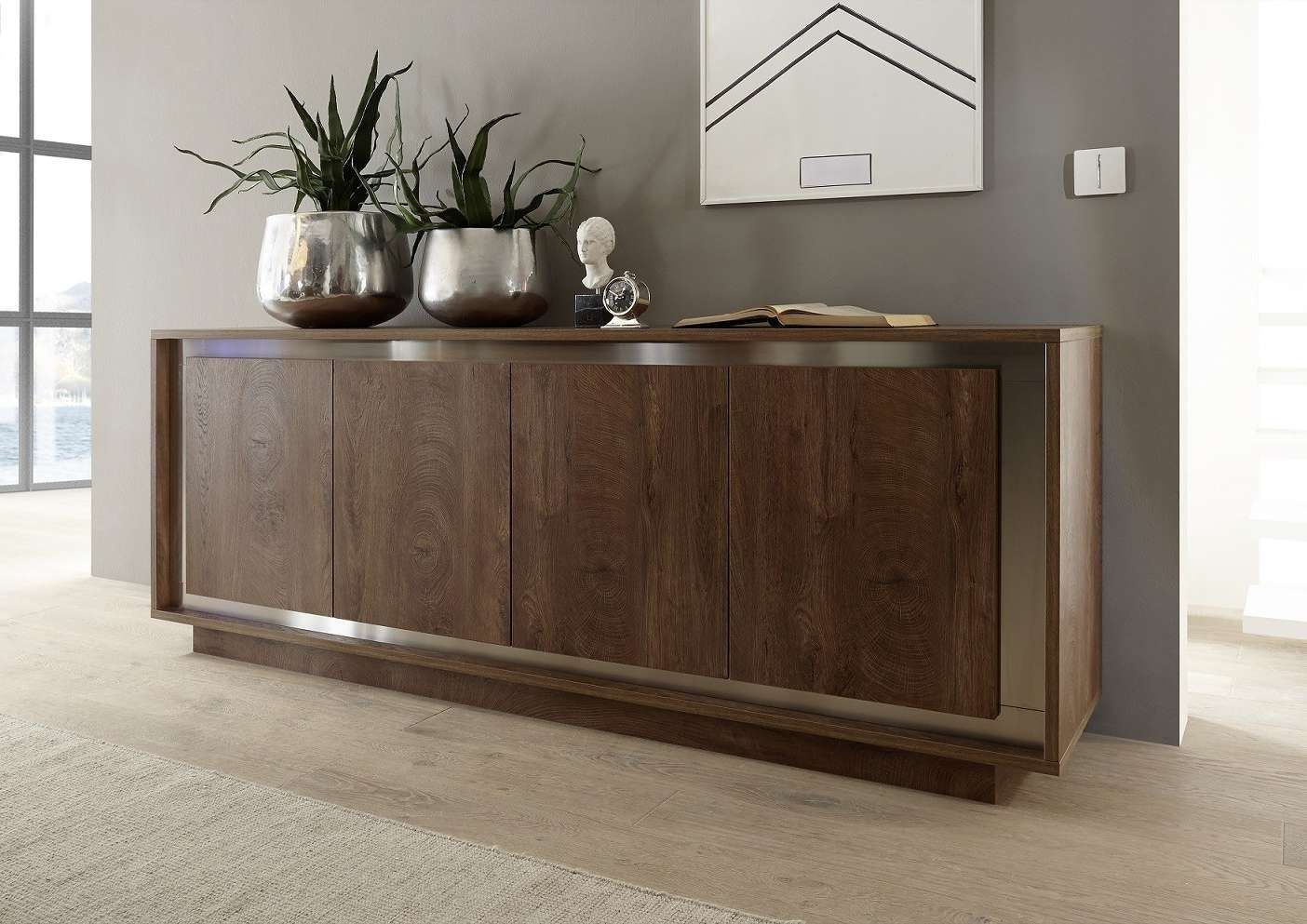
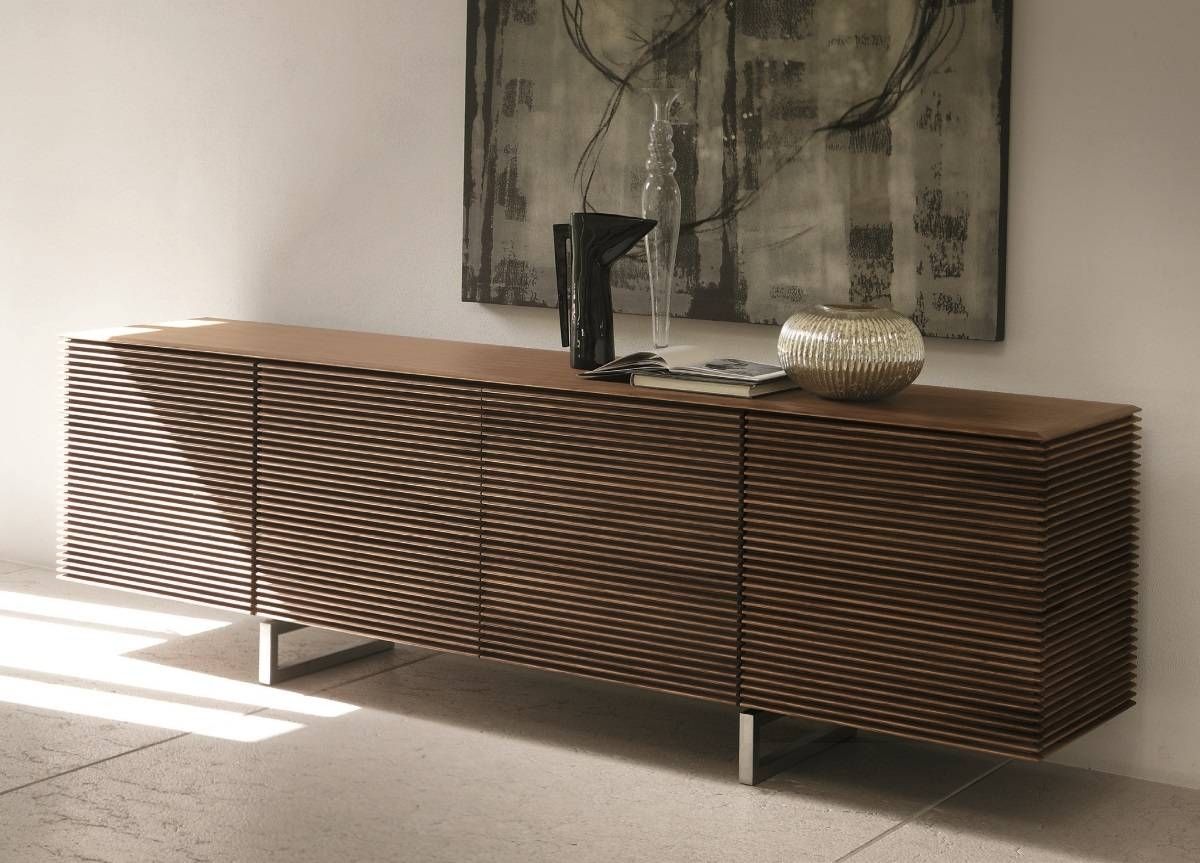
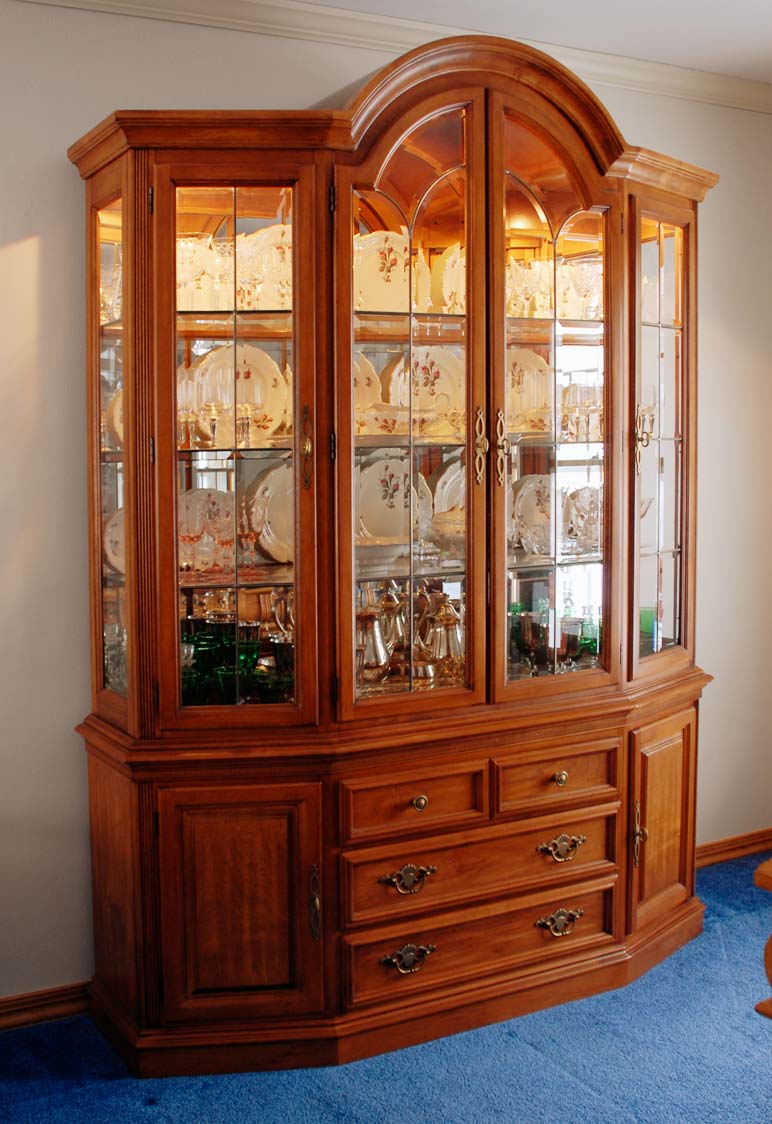


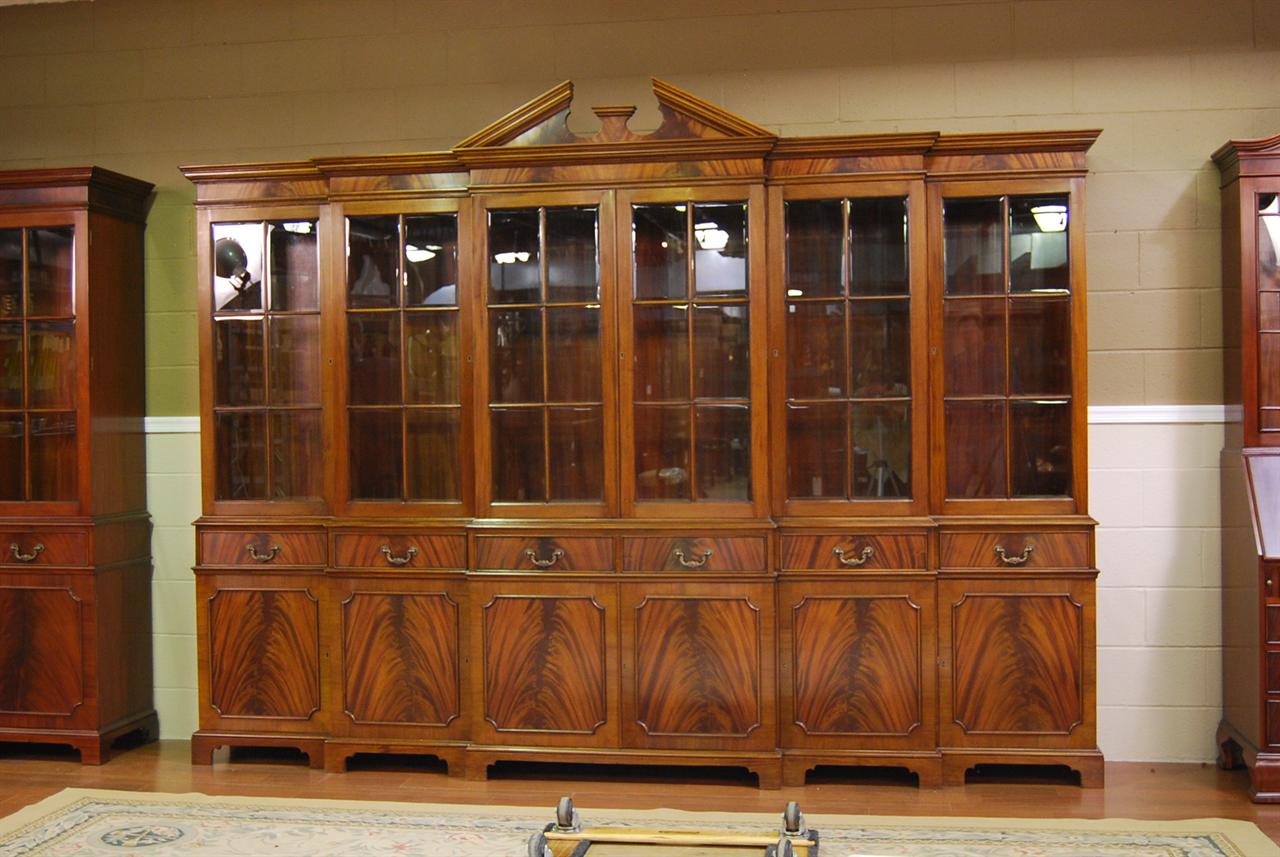
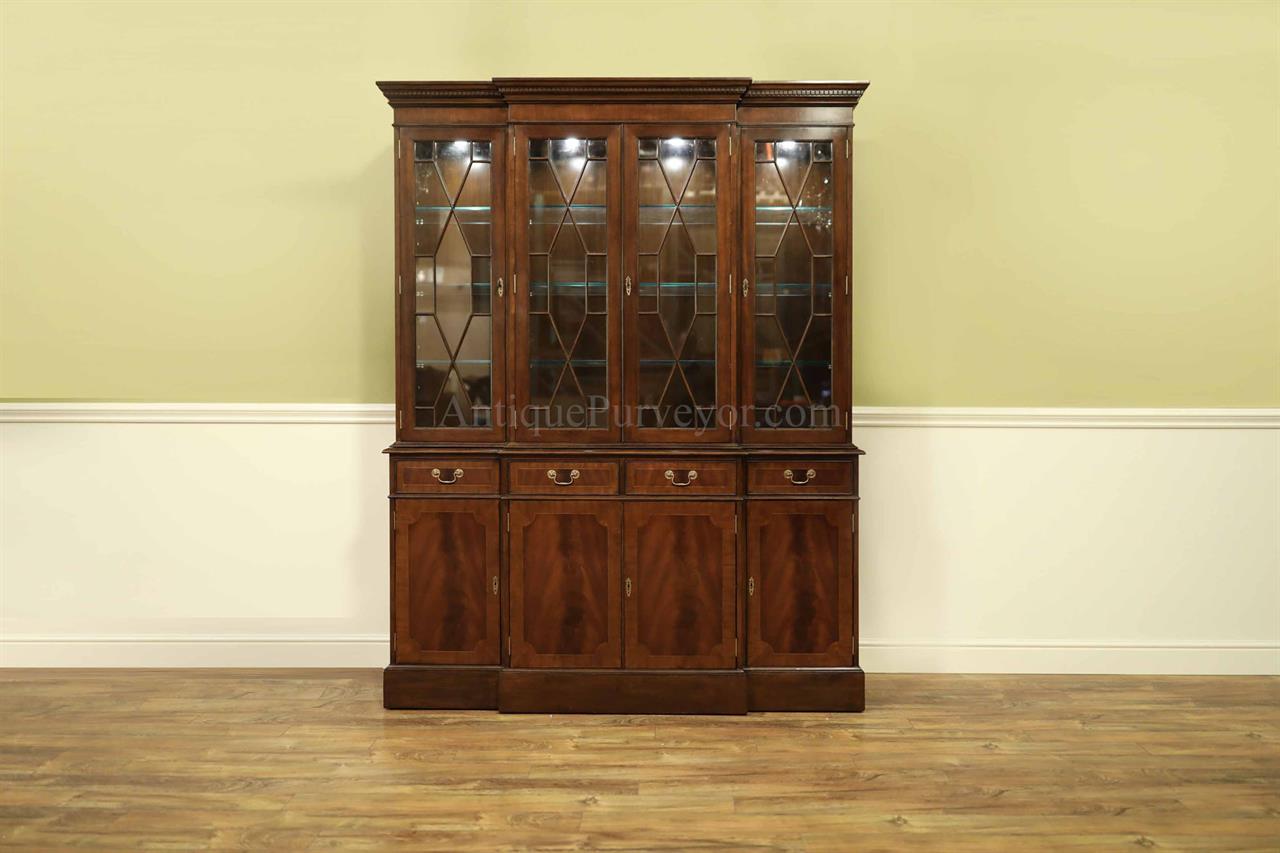



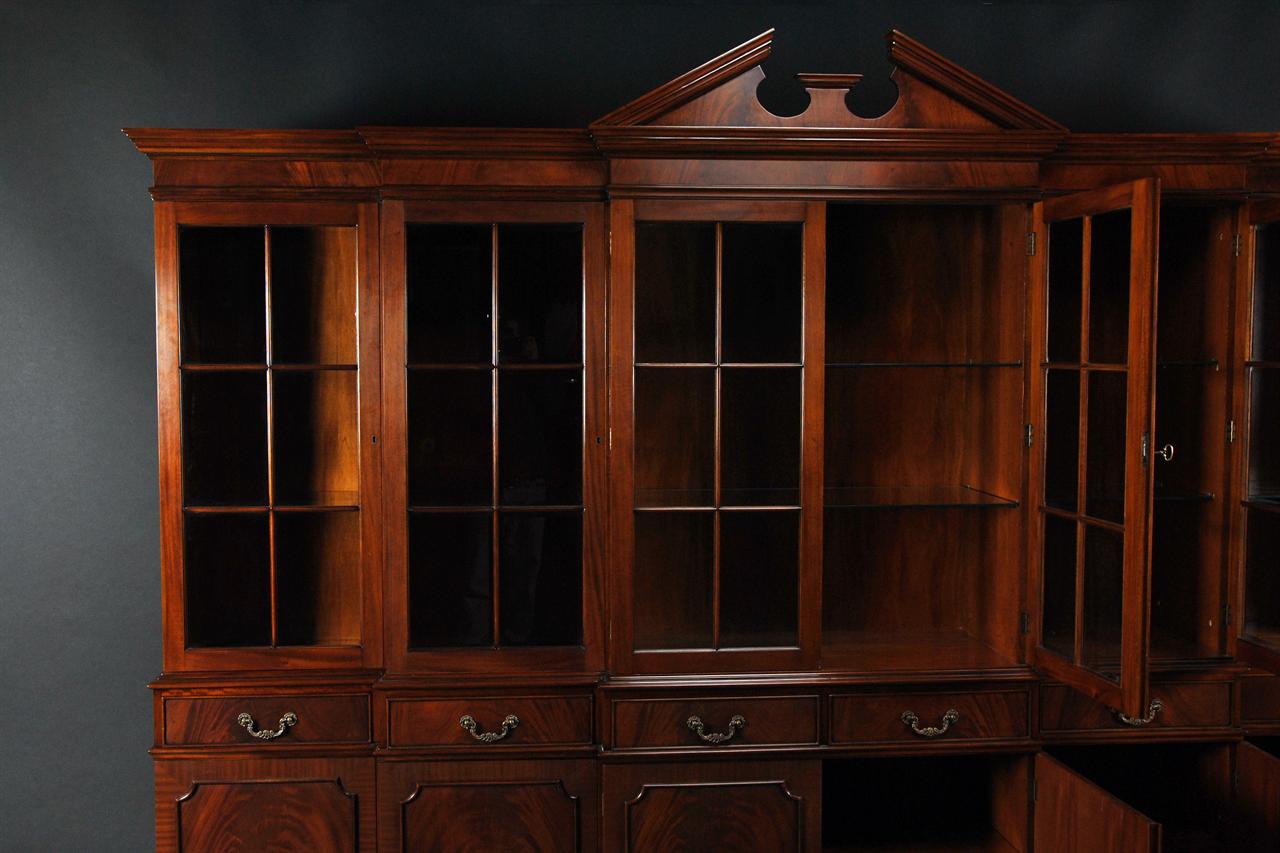
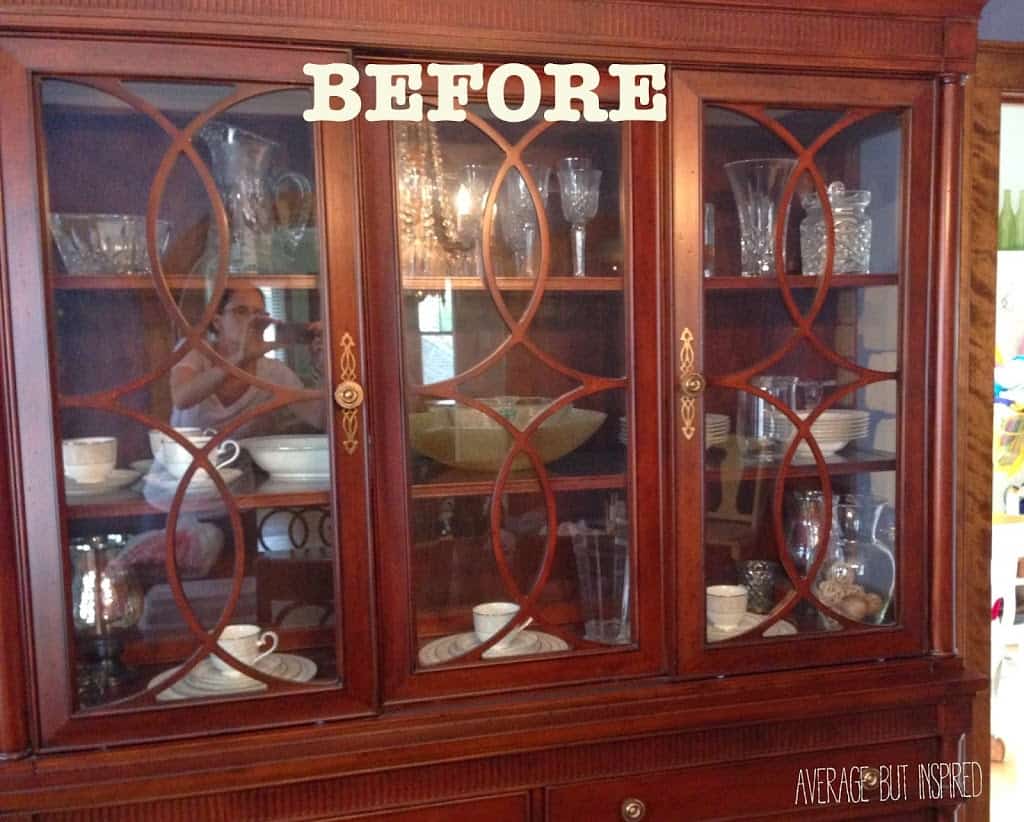


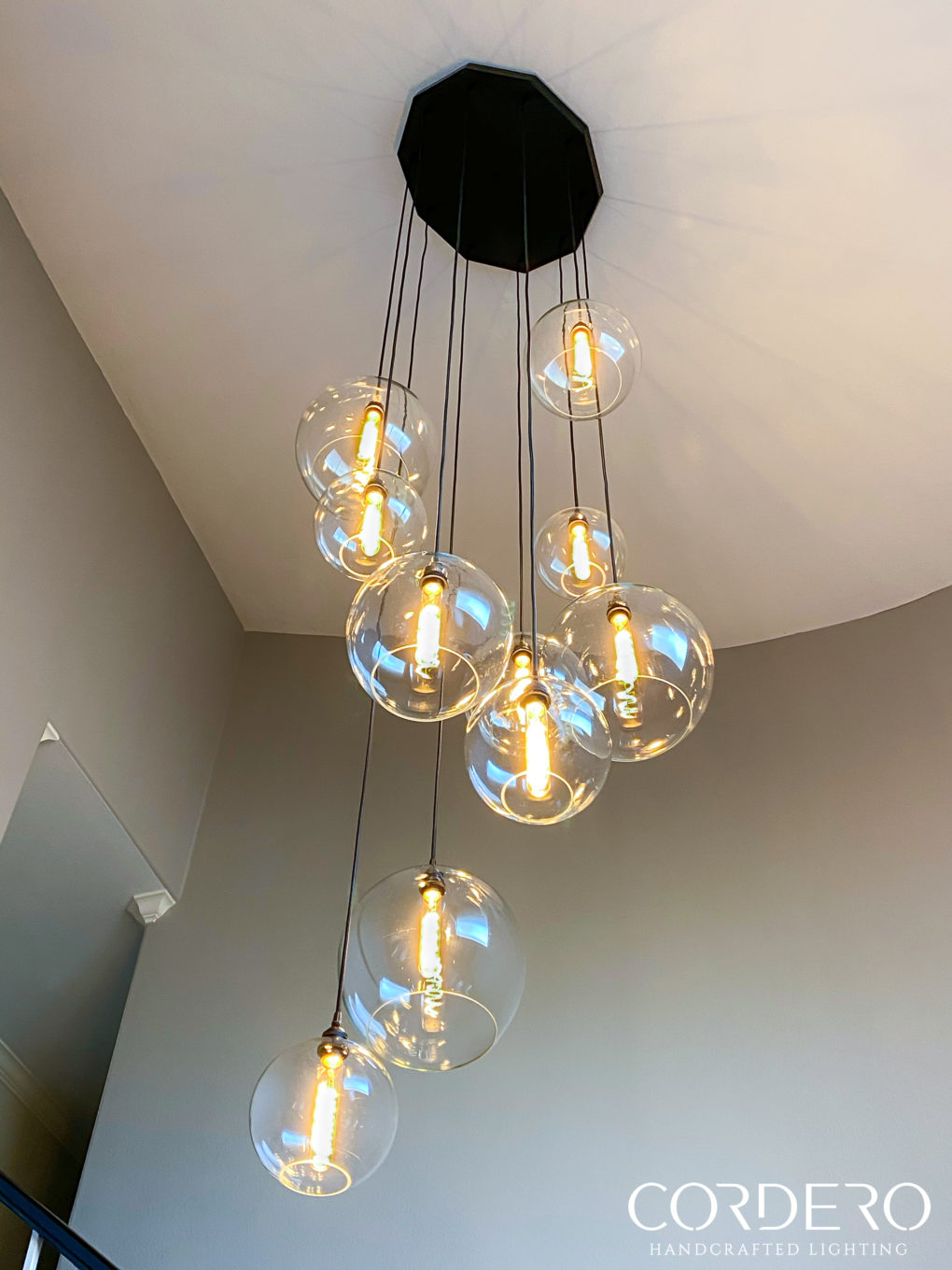

/Chandelier_0635-0b1c24a8045f4a2cbdf083d80ef0f658.jpg)
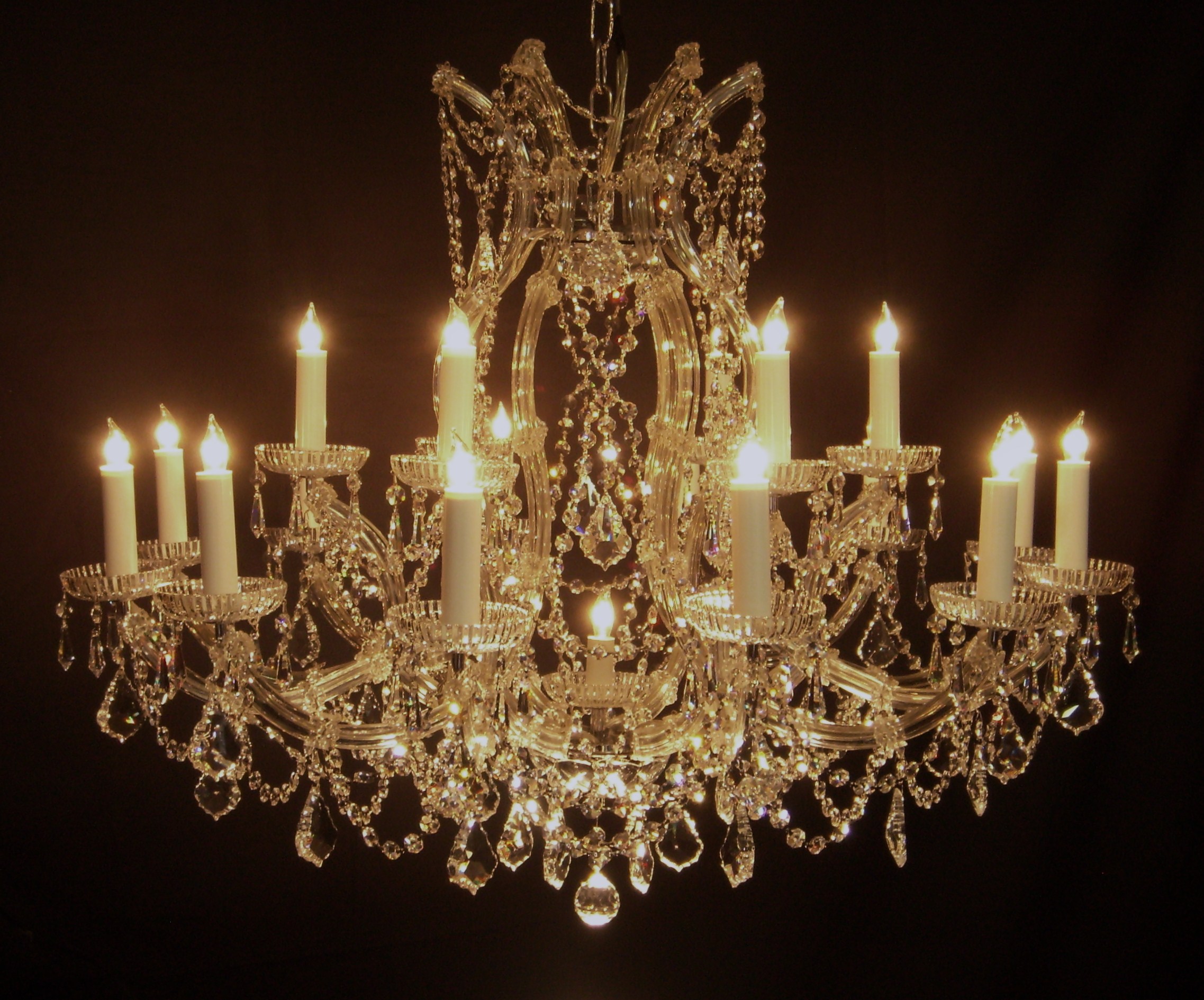


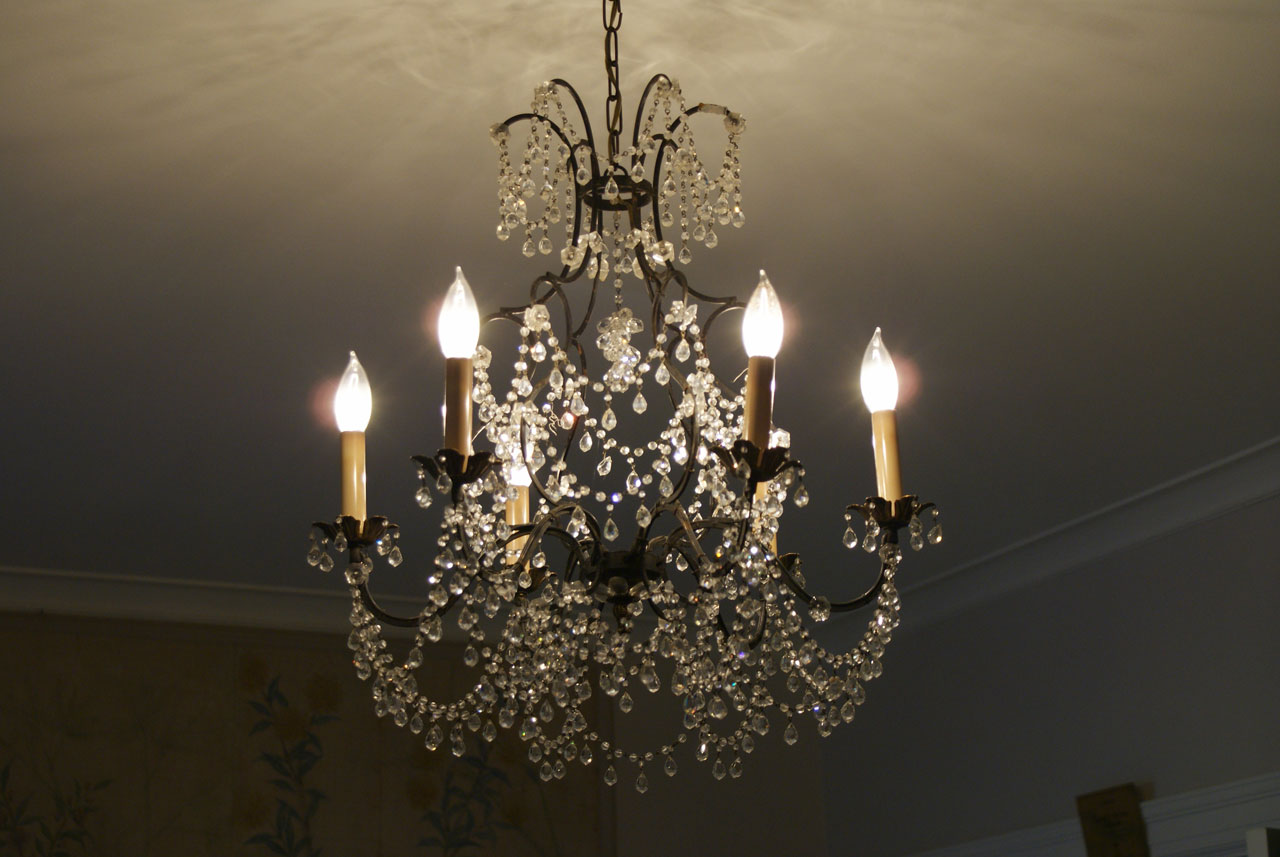
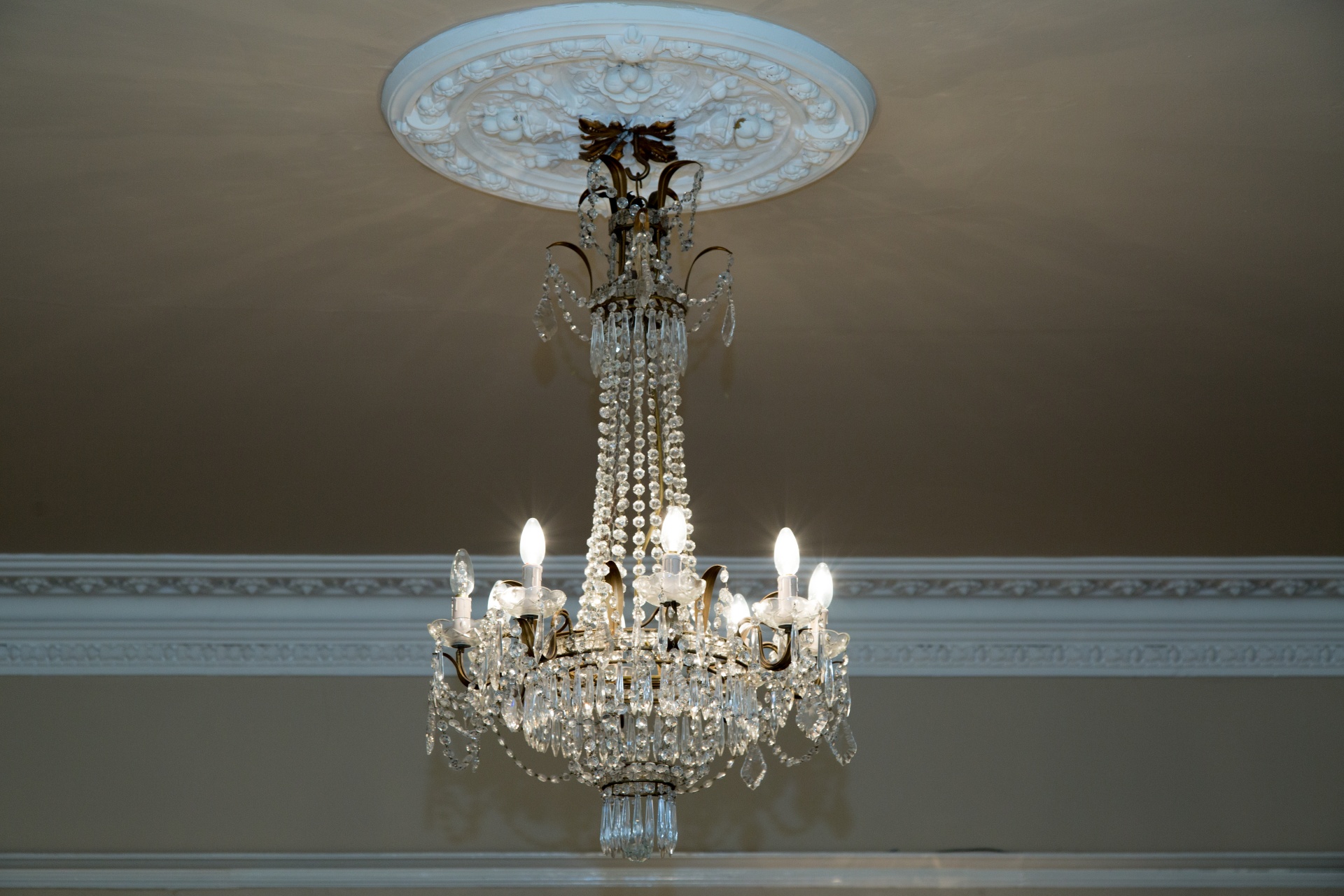

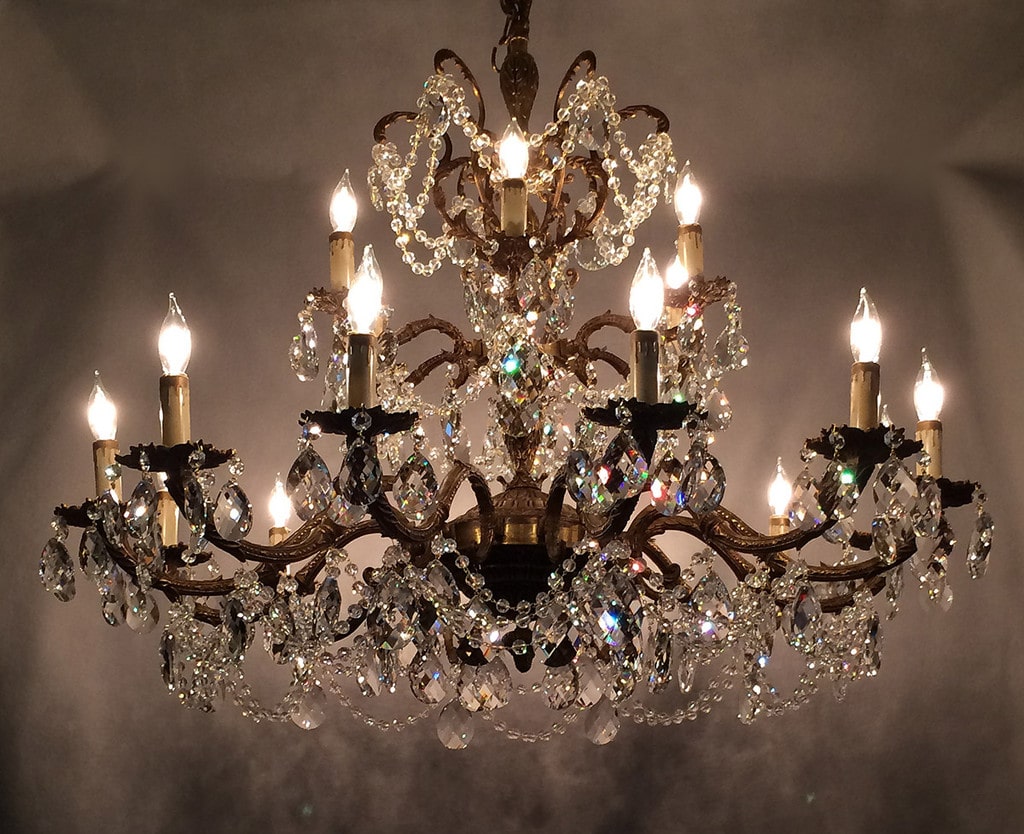







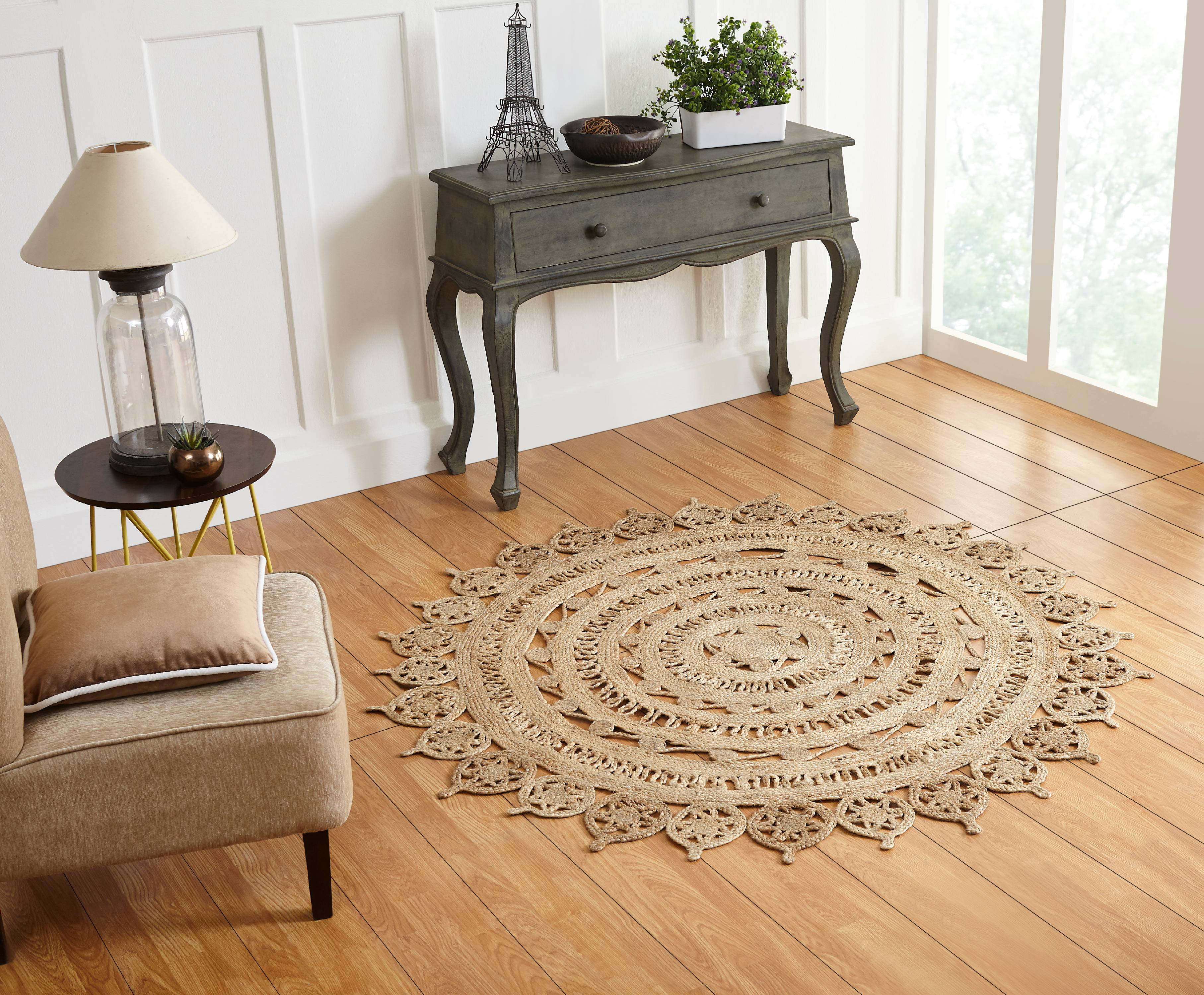


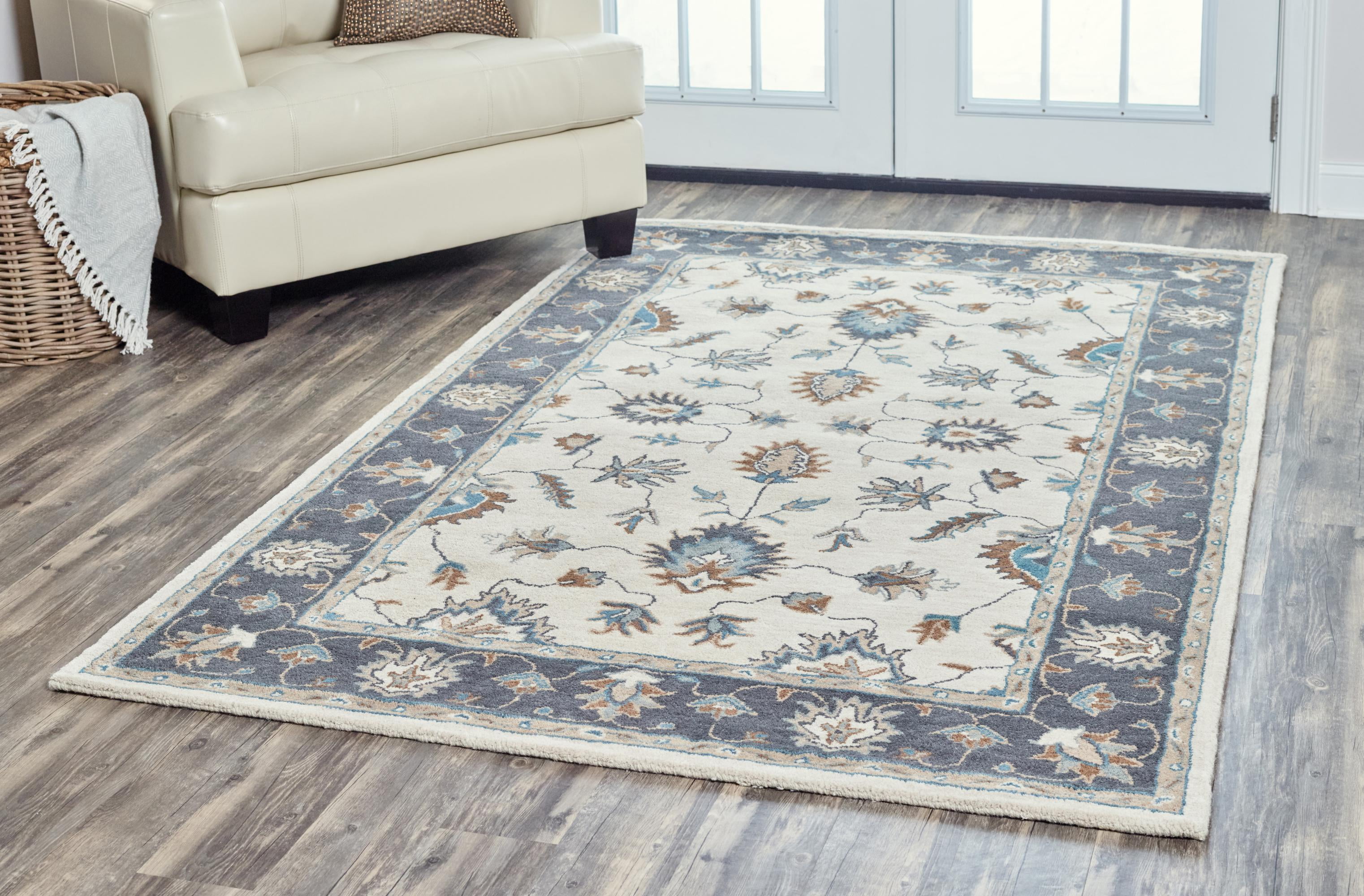

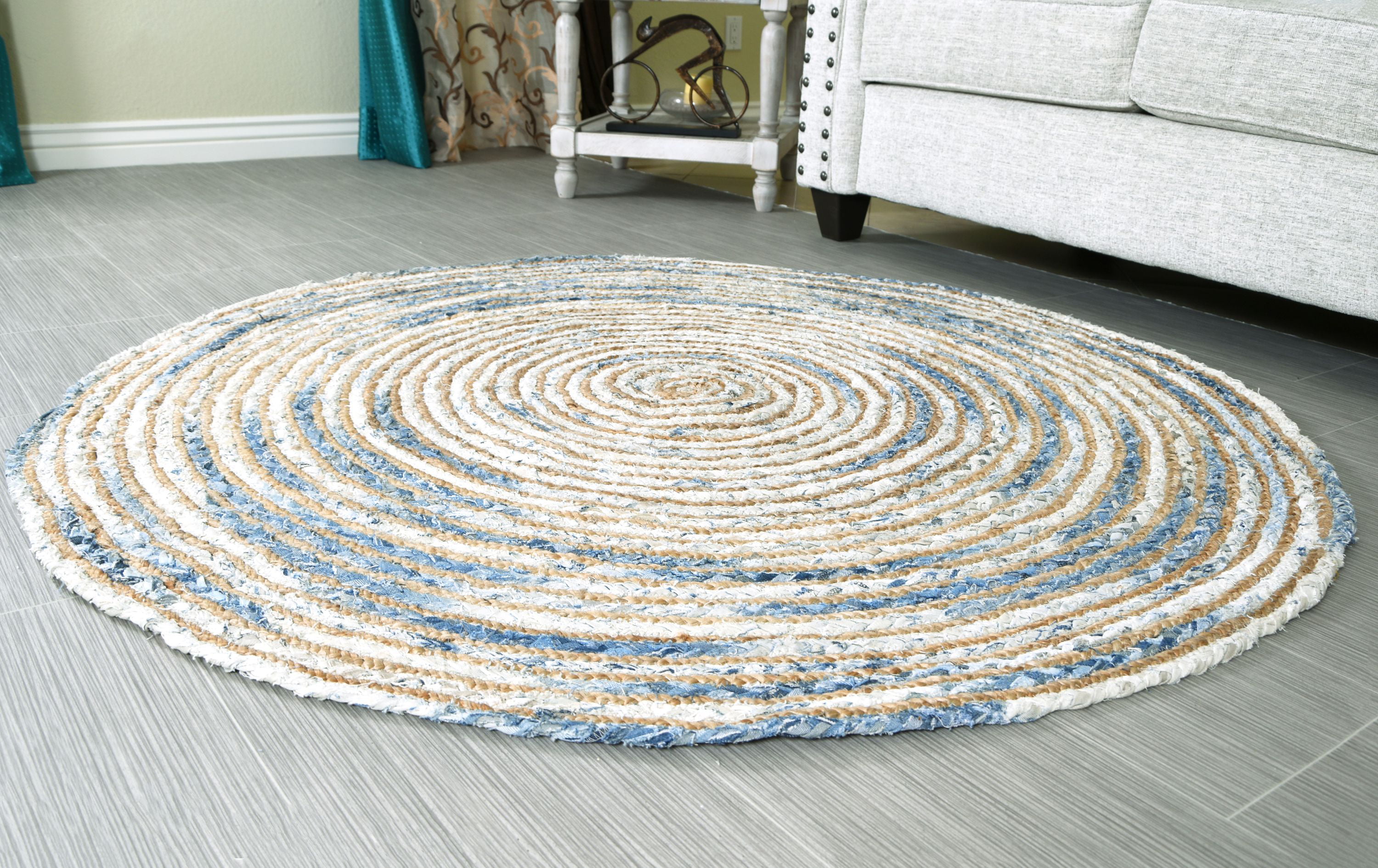




:max_bytes(150000):strip_icc()/DesignbyEmilyHendersonDesignPhotographerbyTessaNeustadt_363-fc07a680720746859d542547e686cf8d.jpeg)

